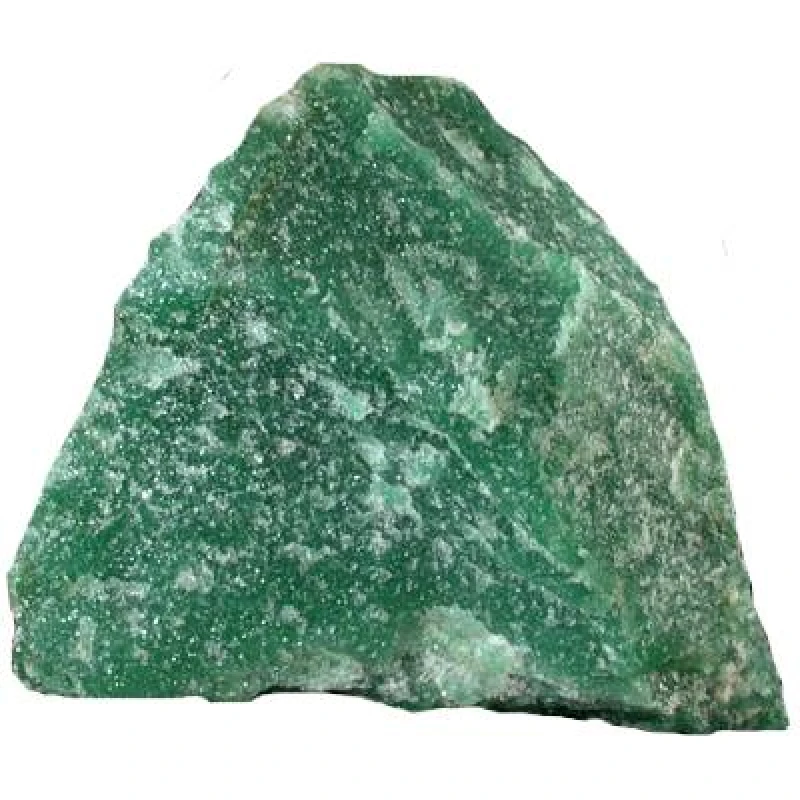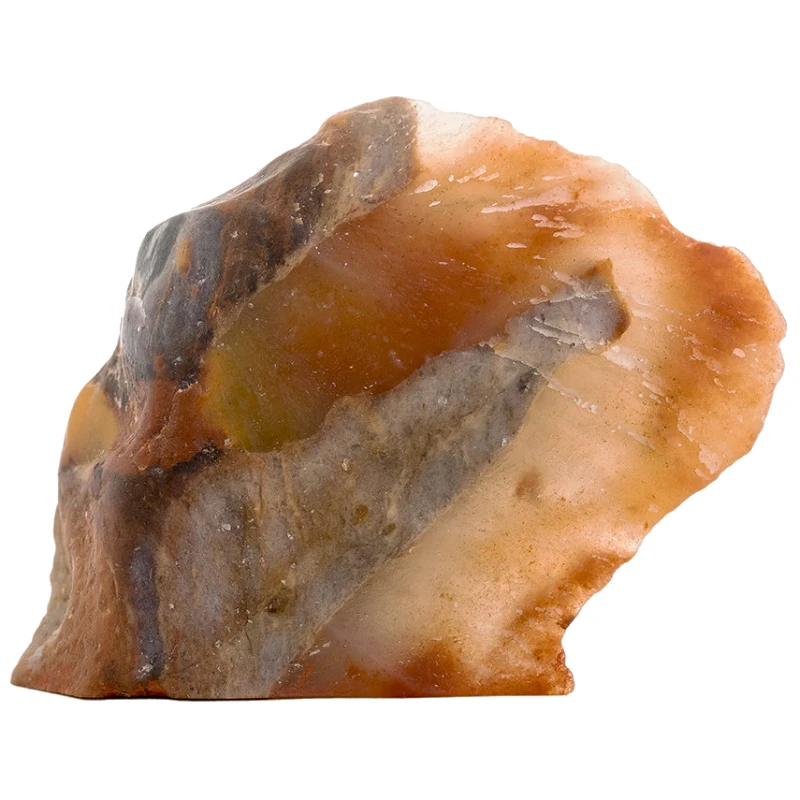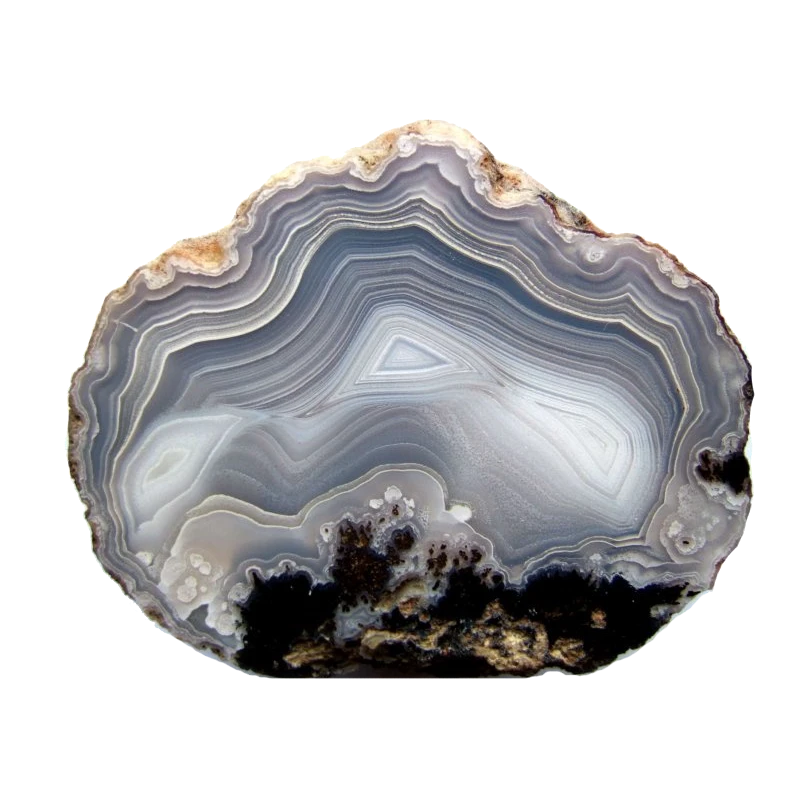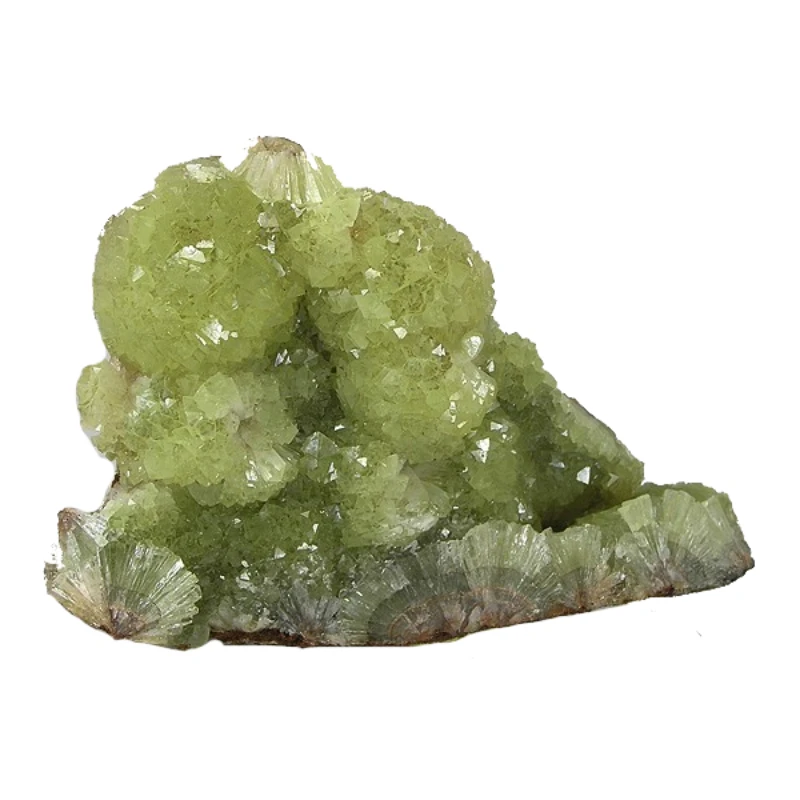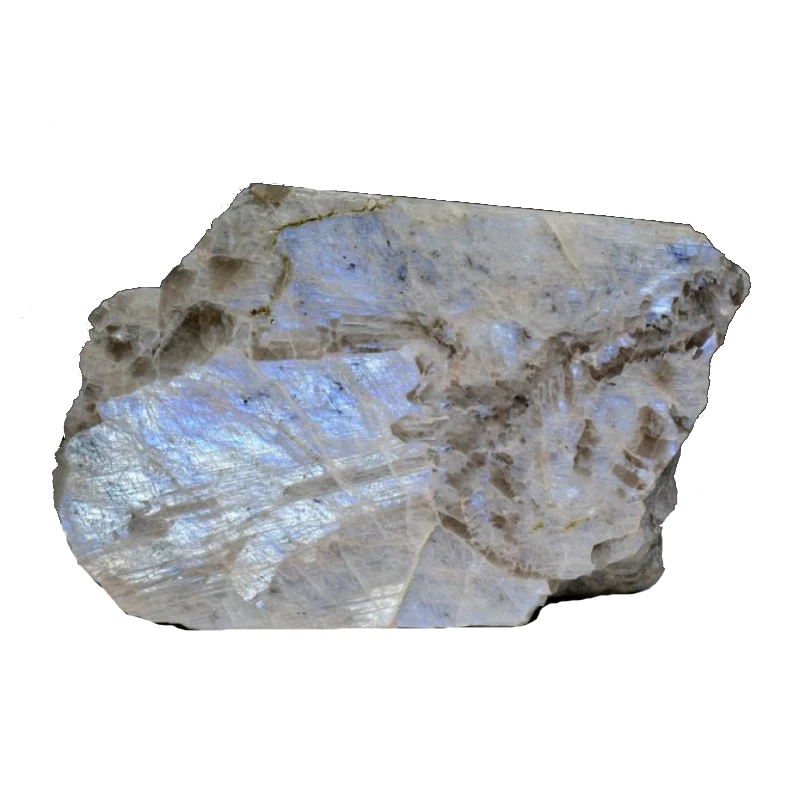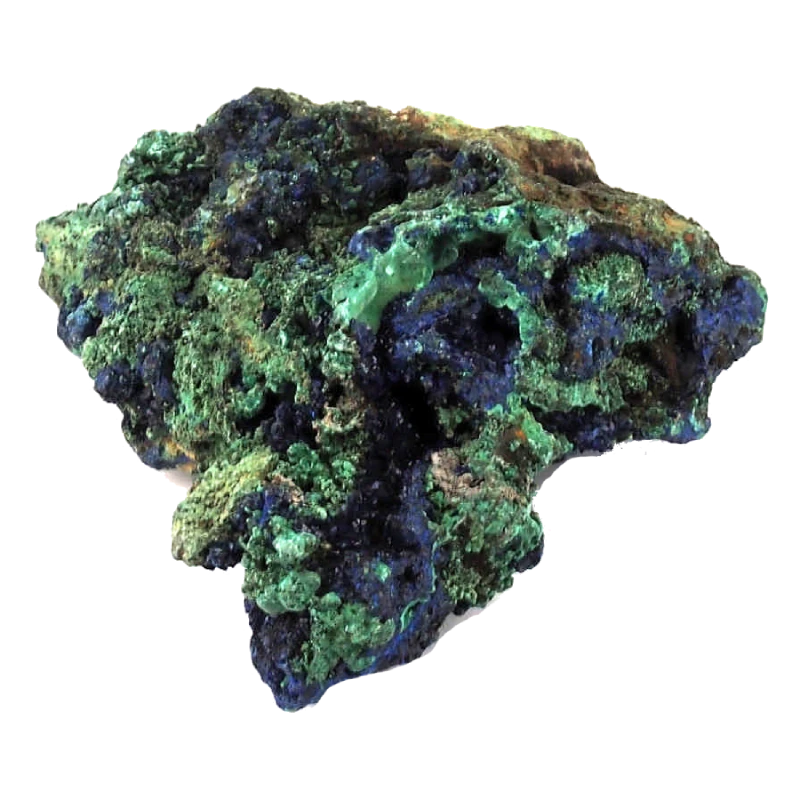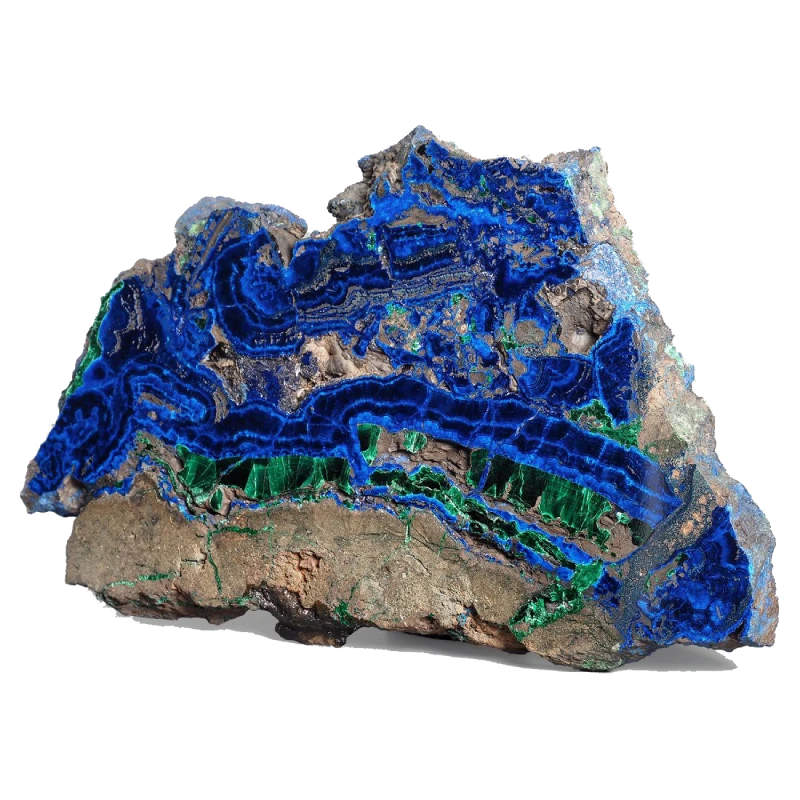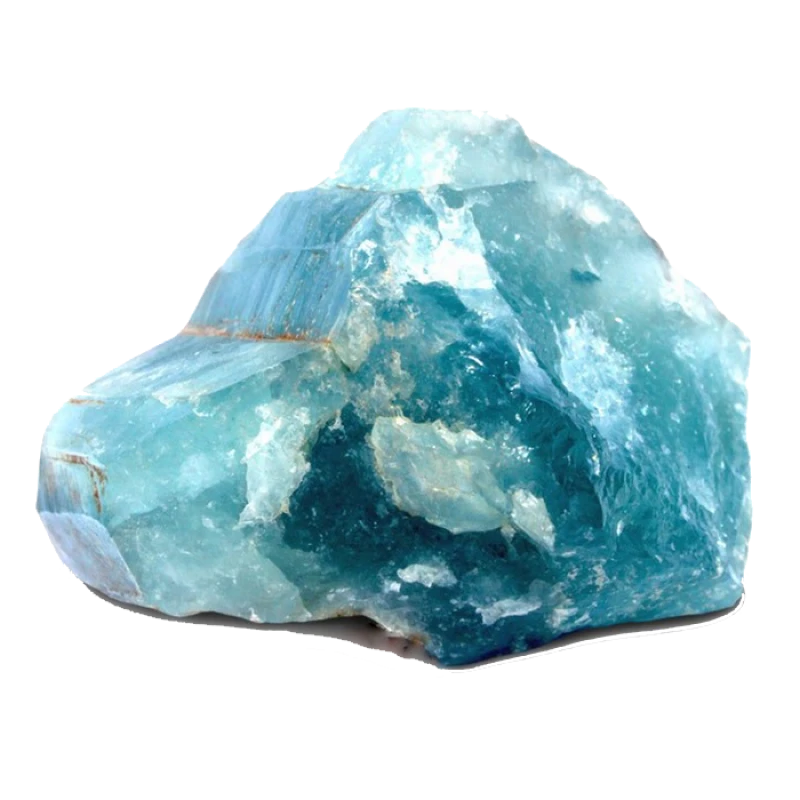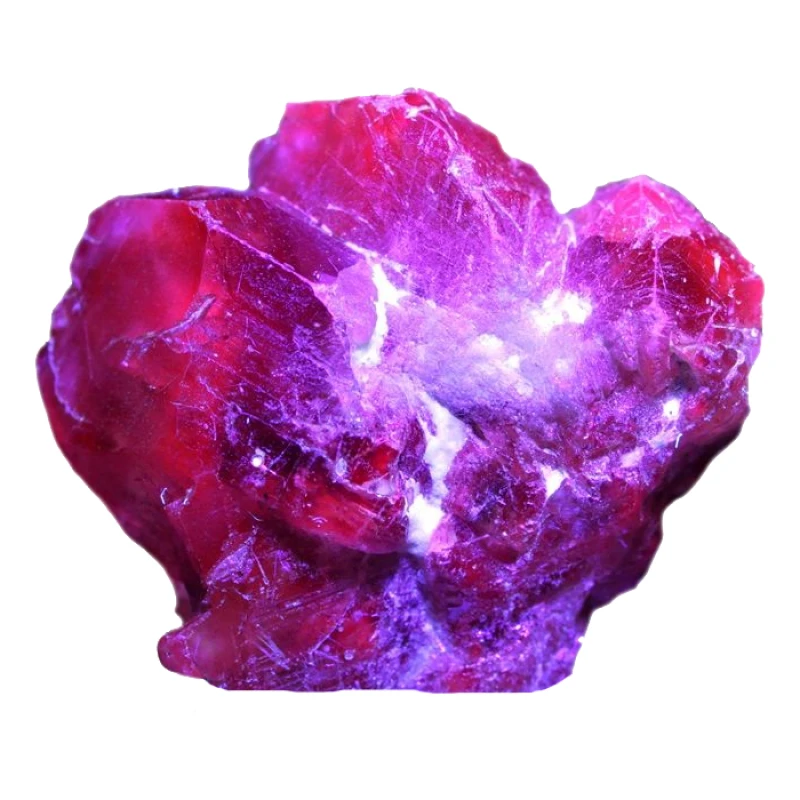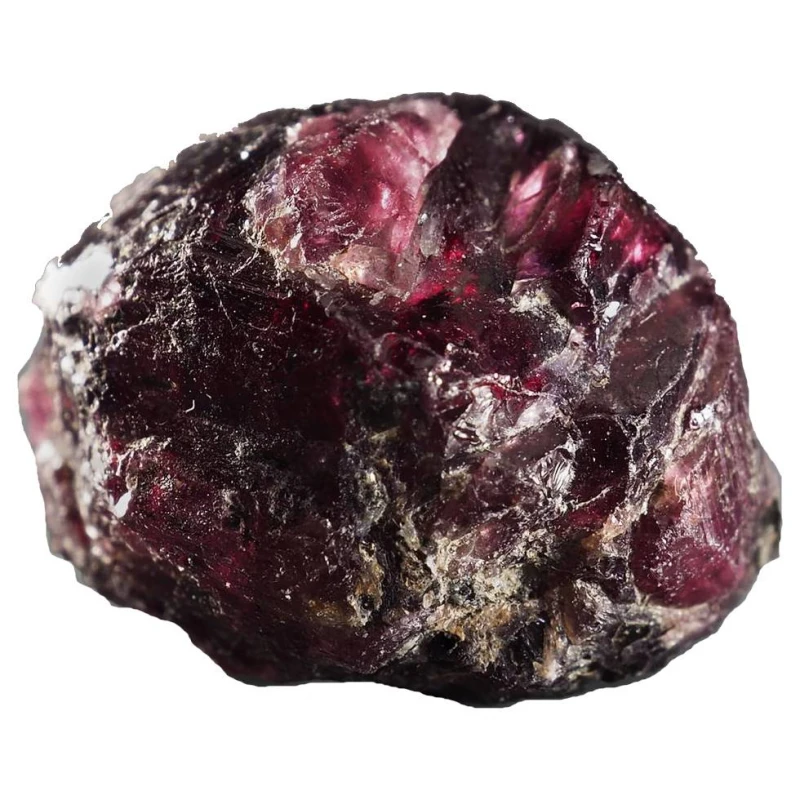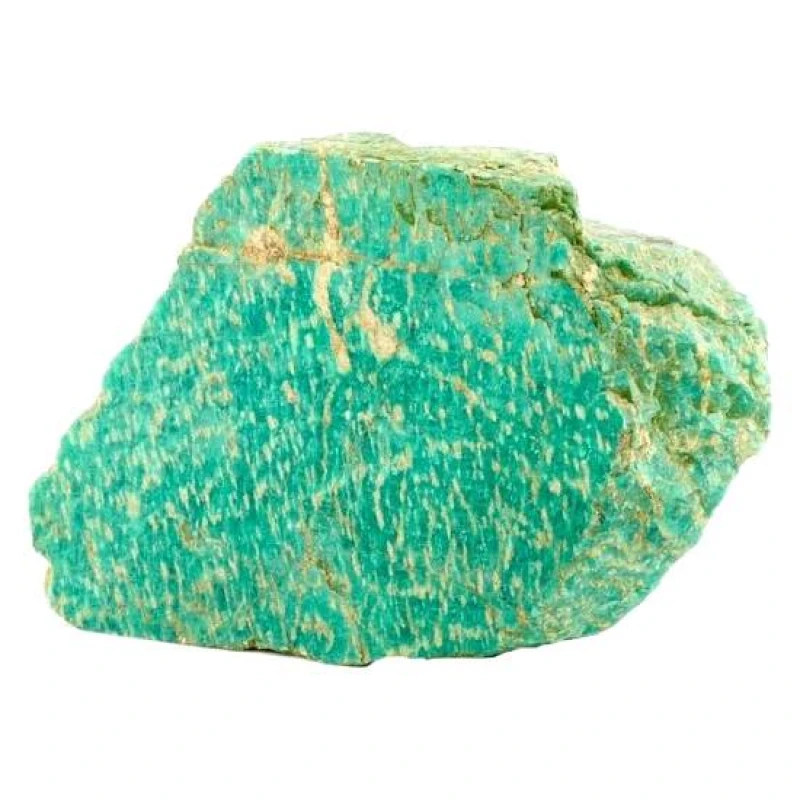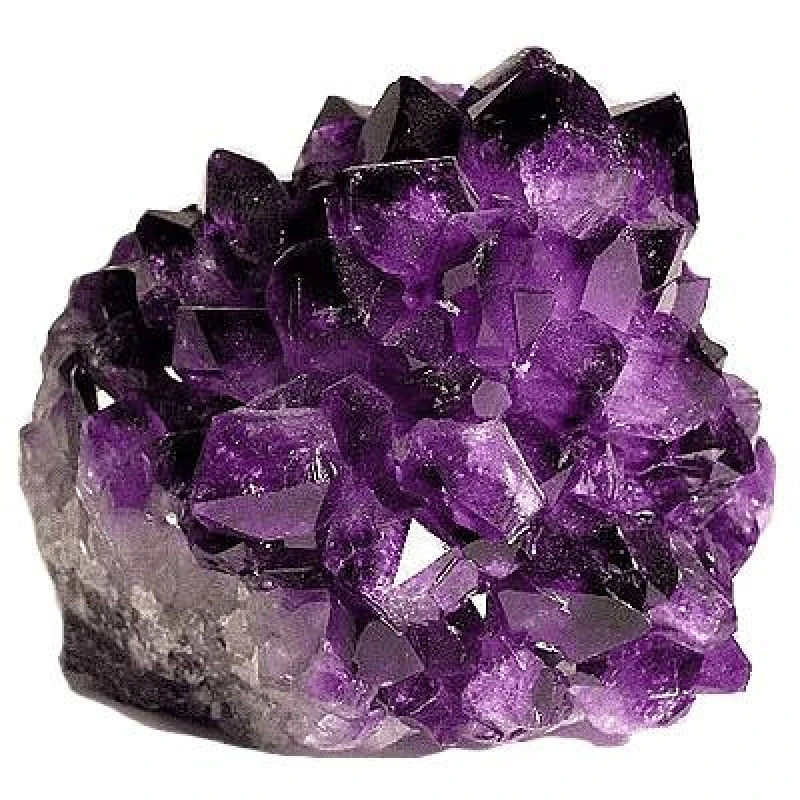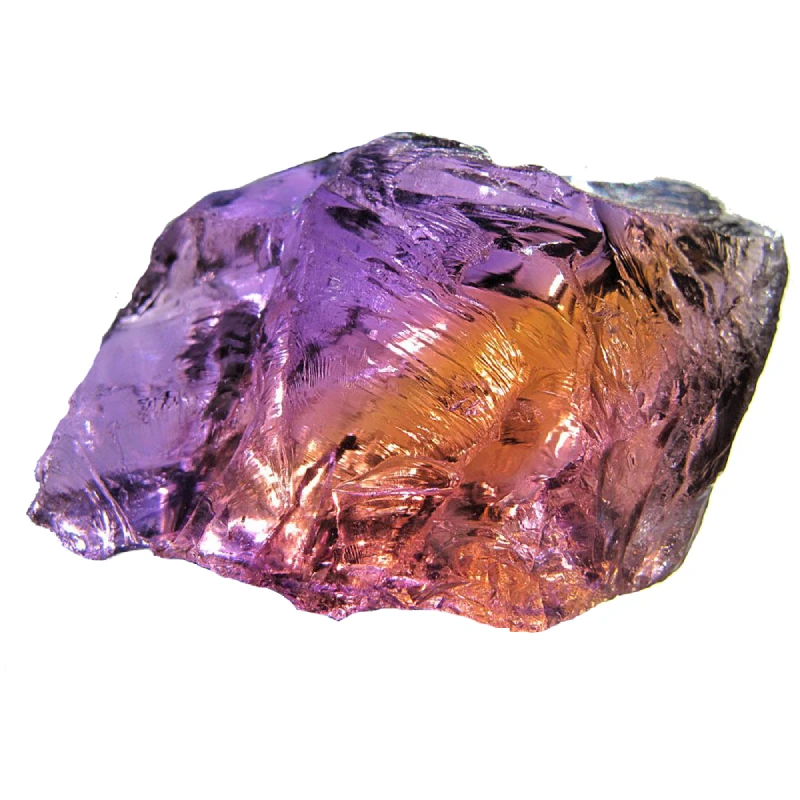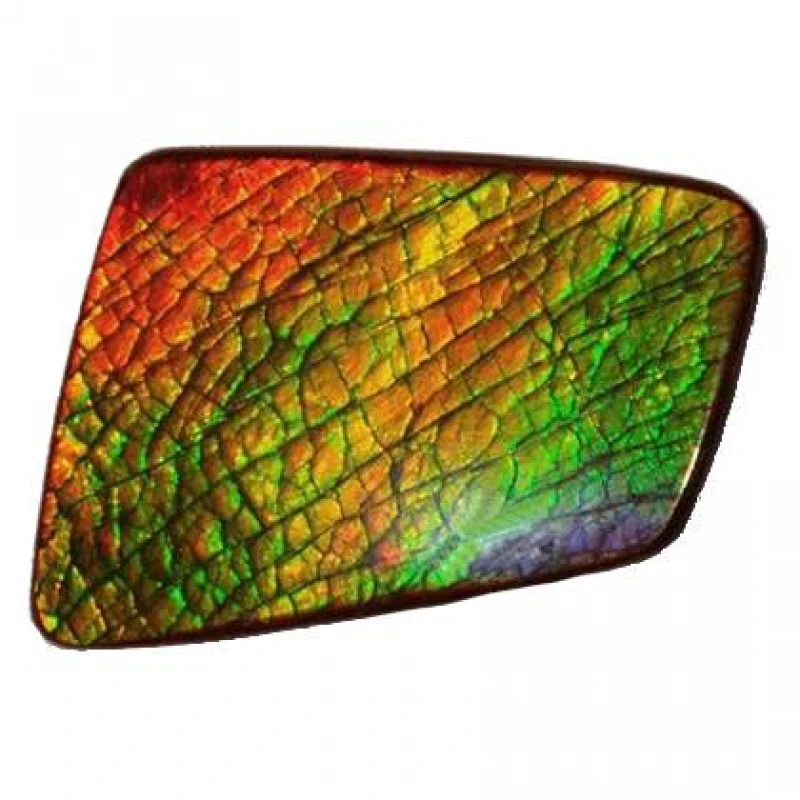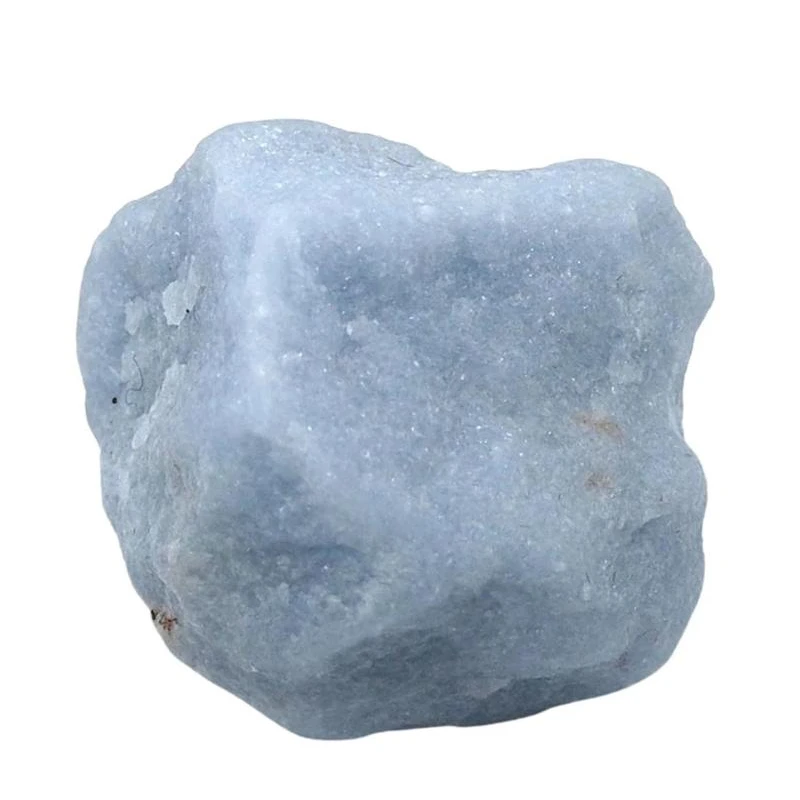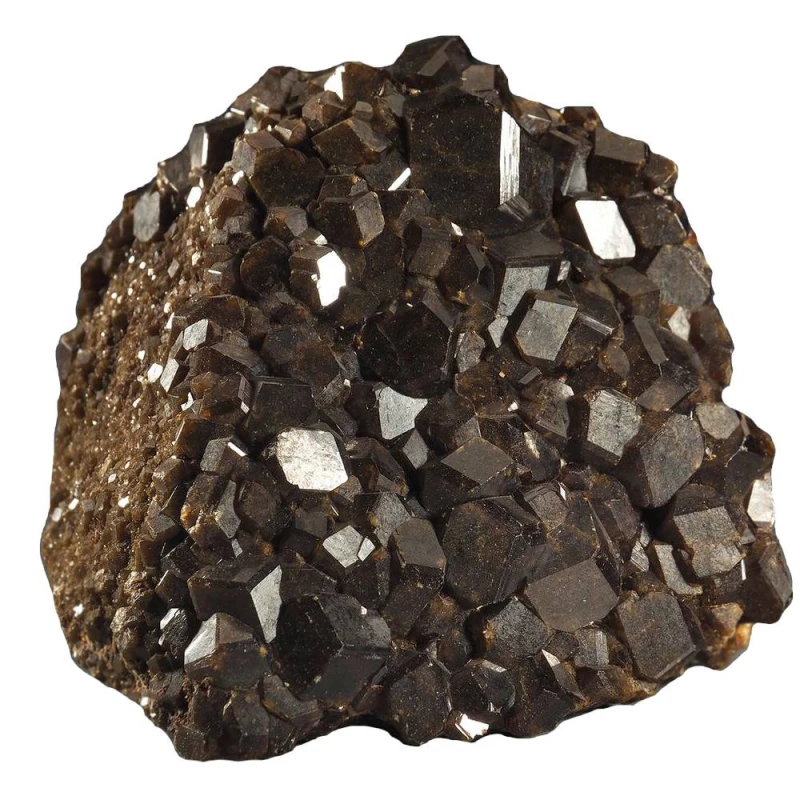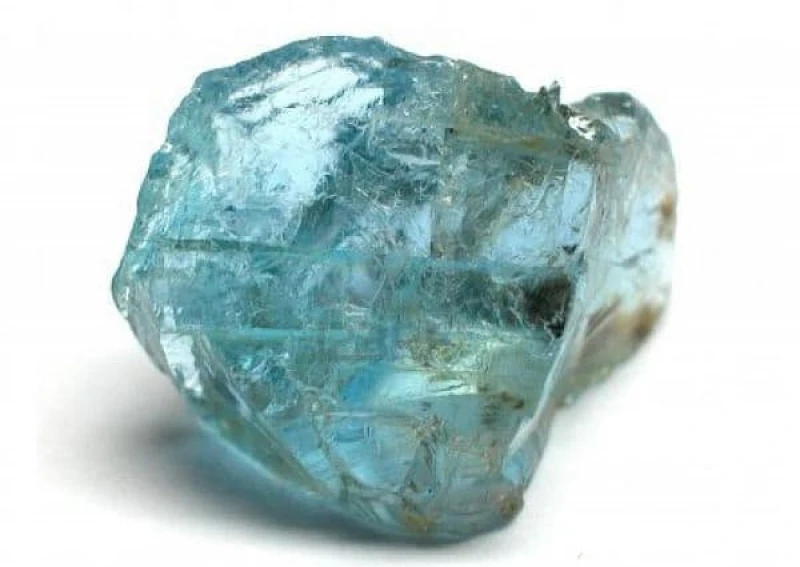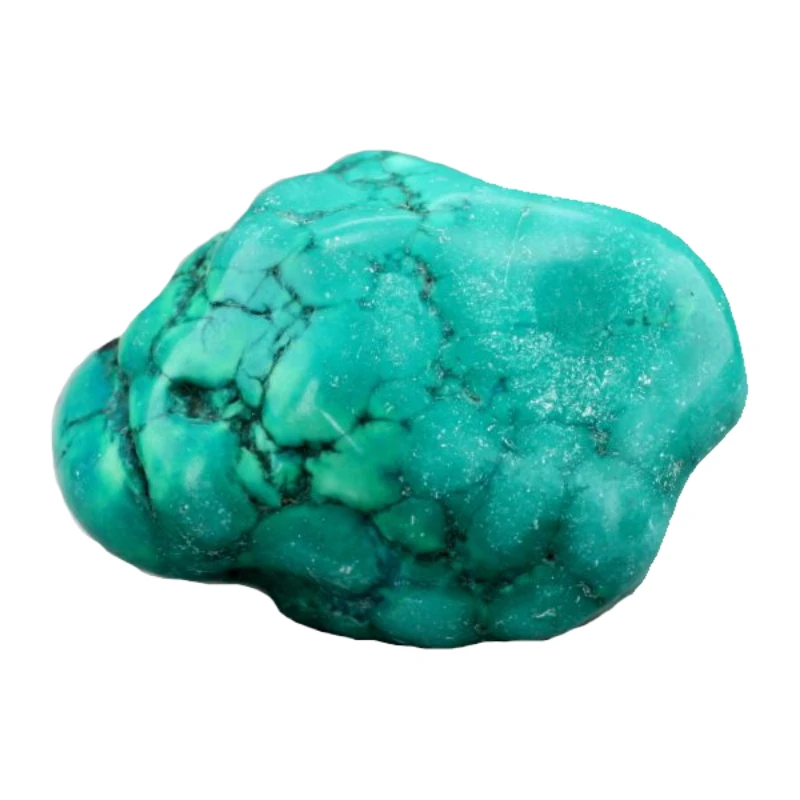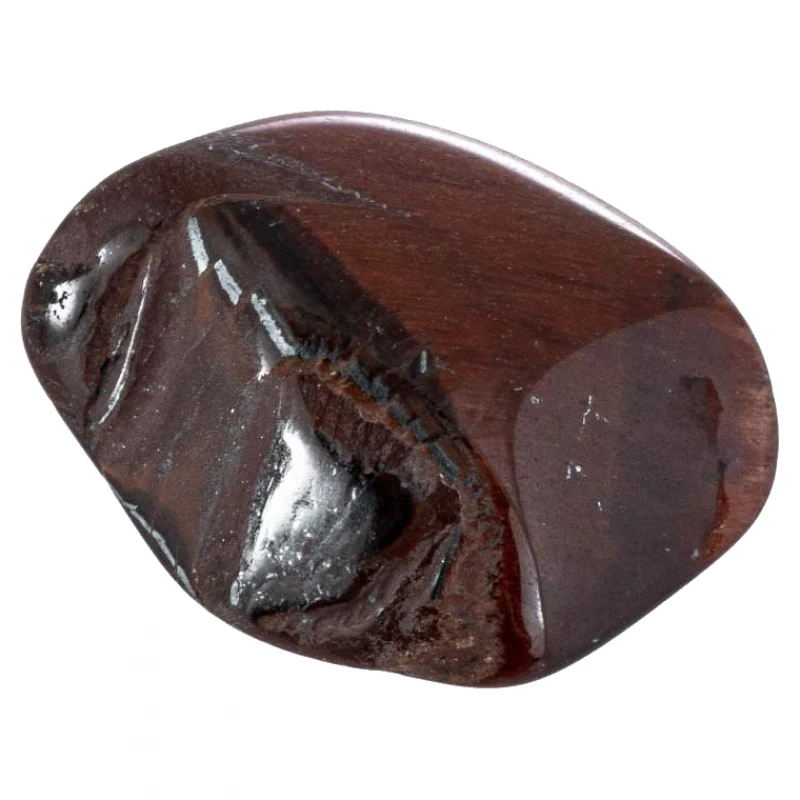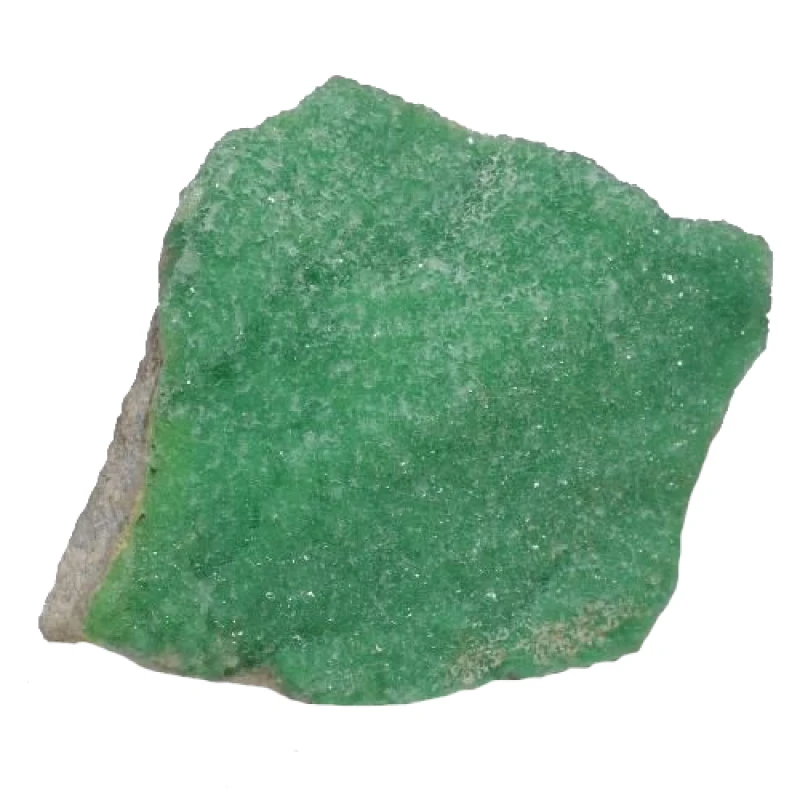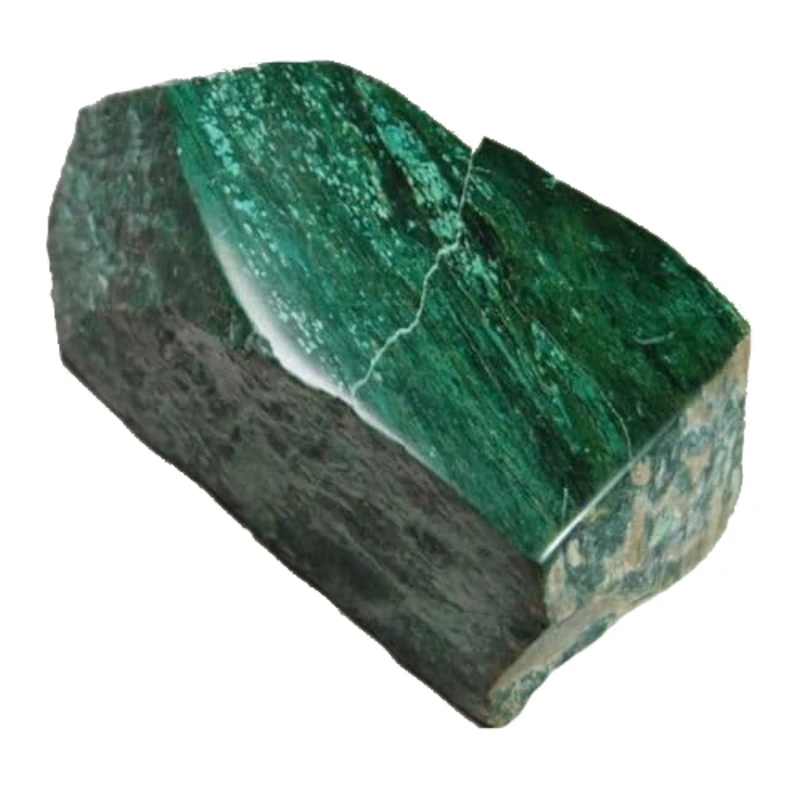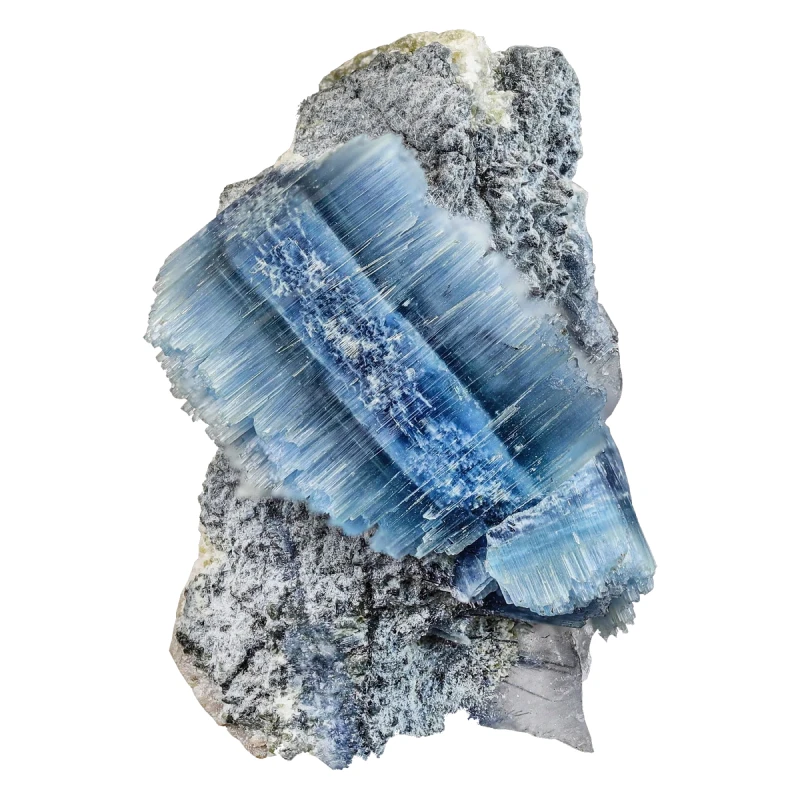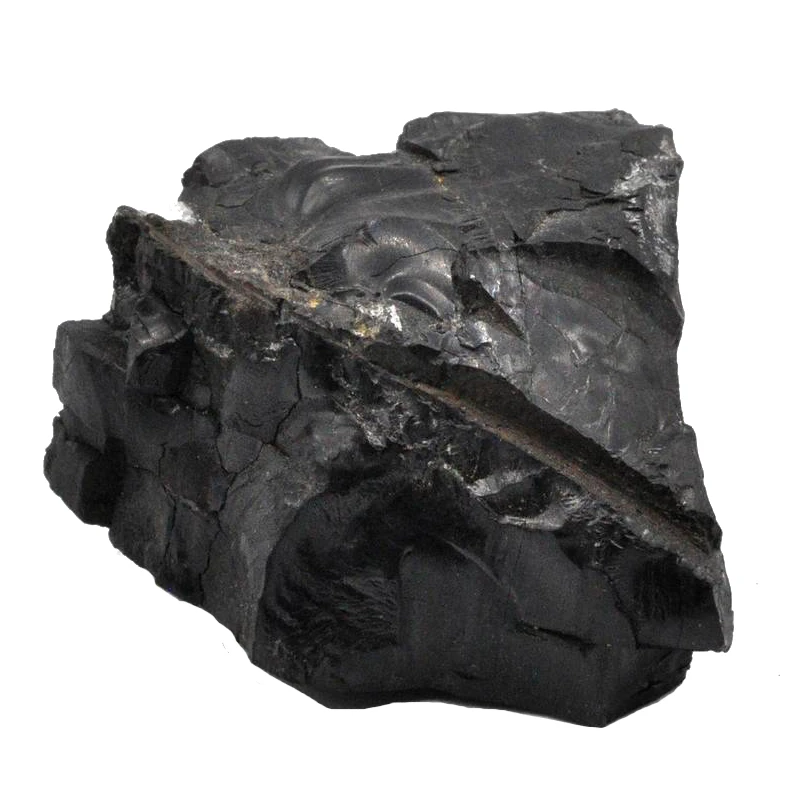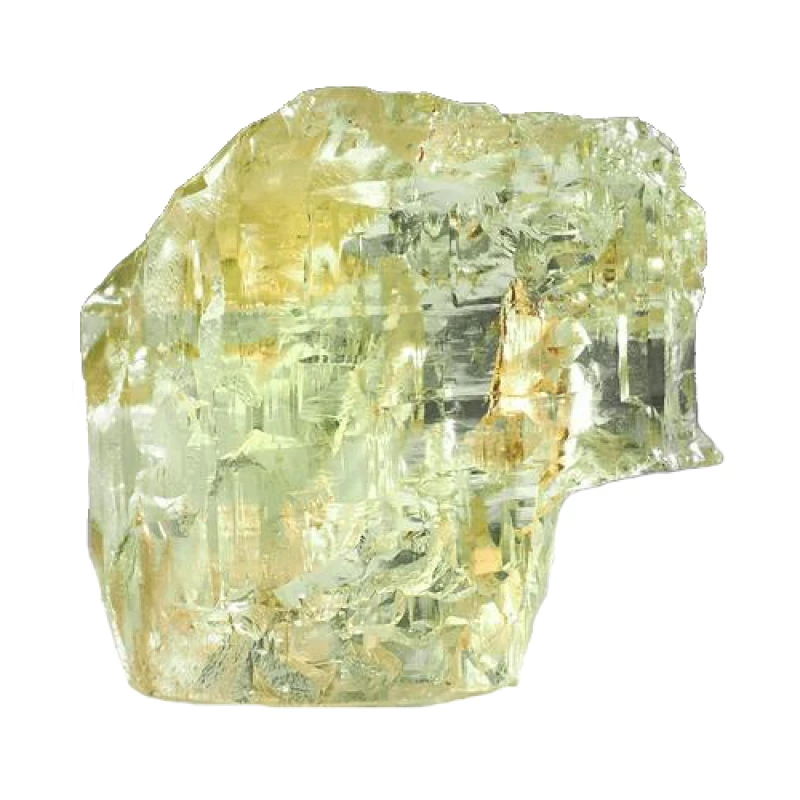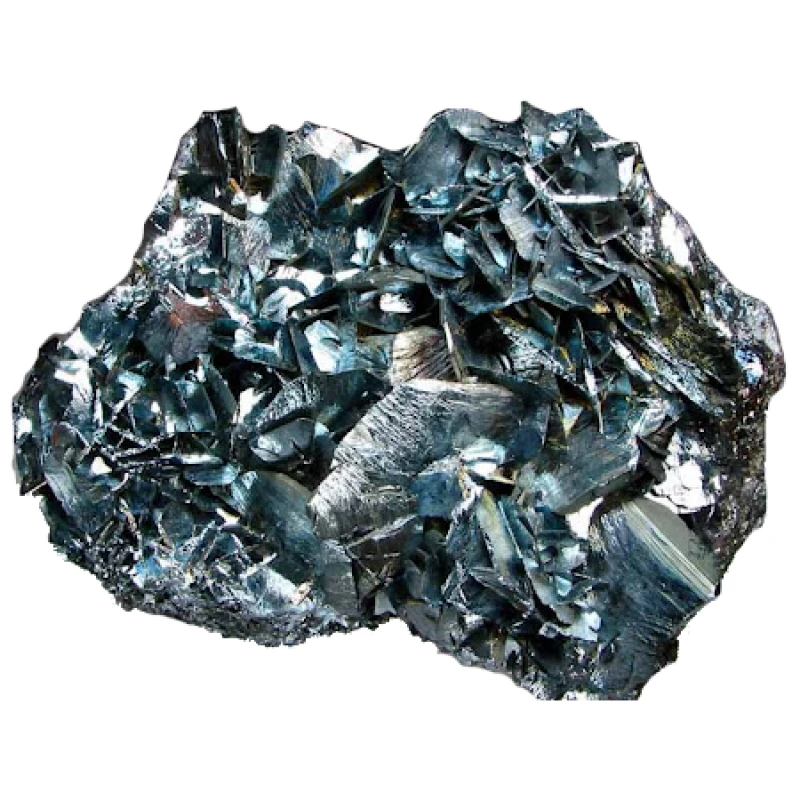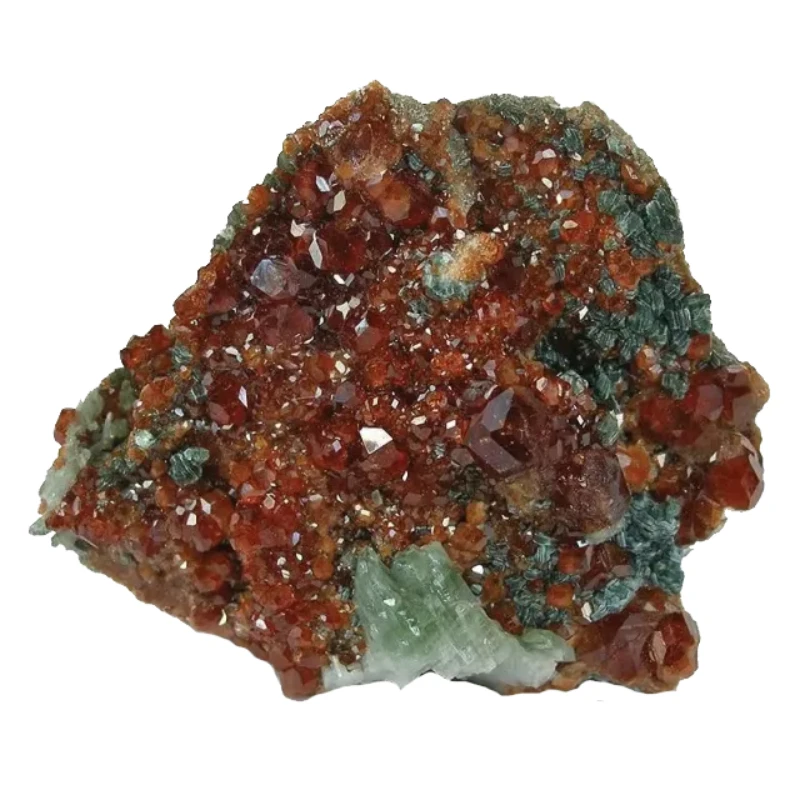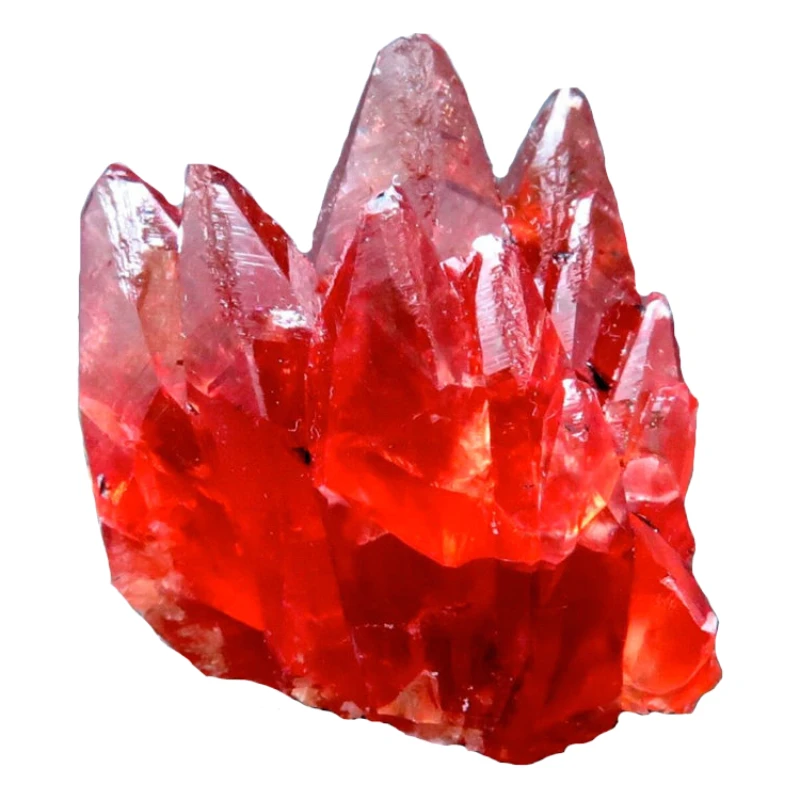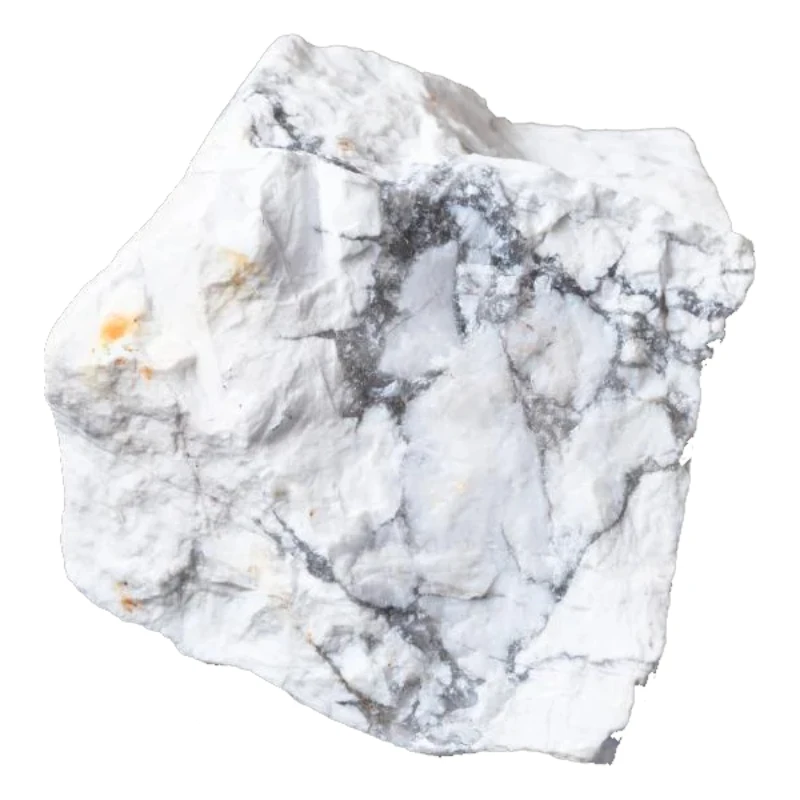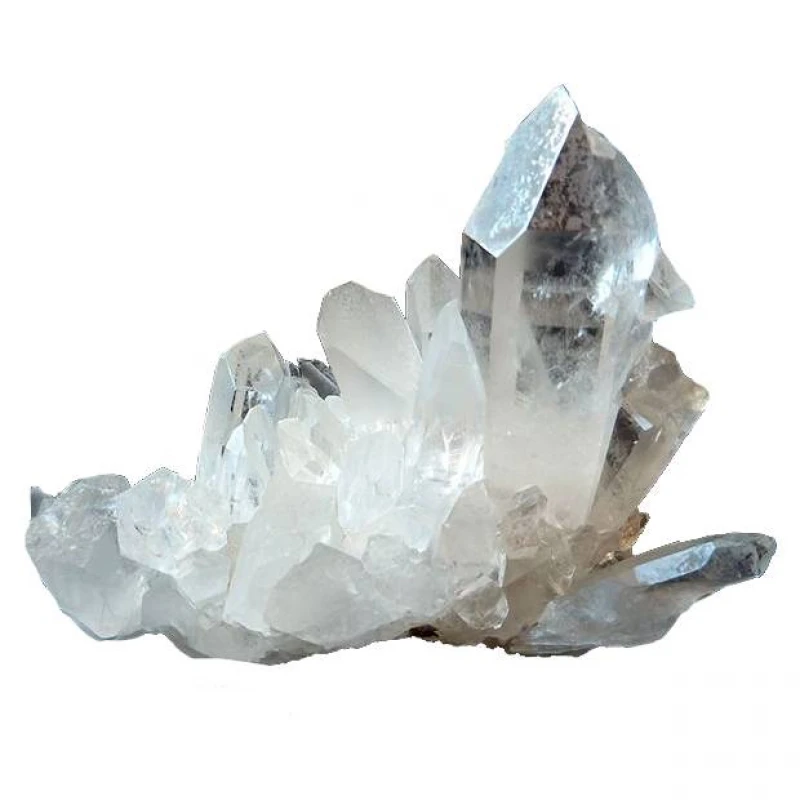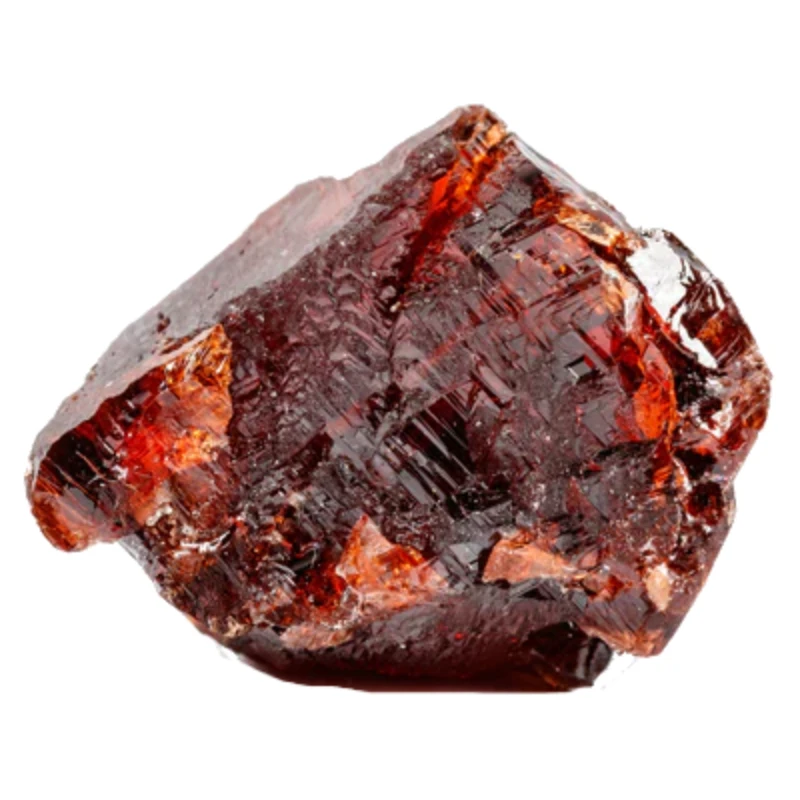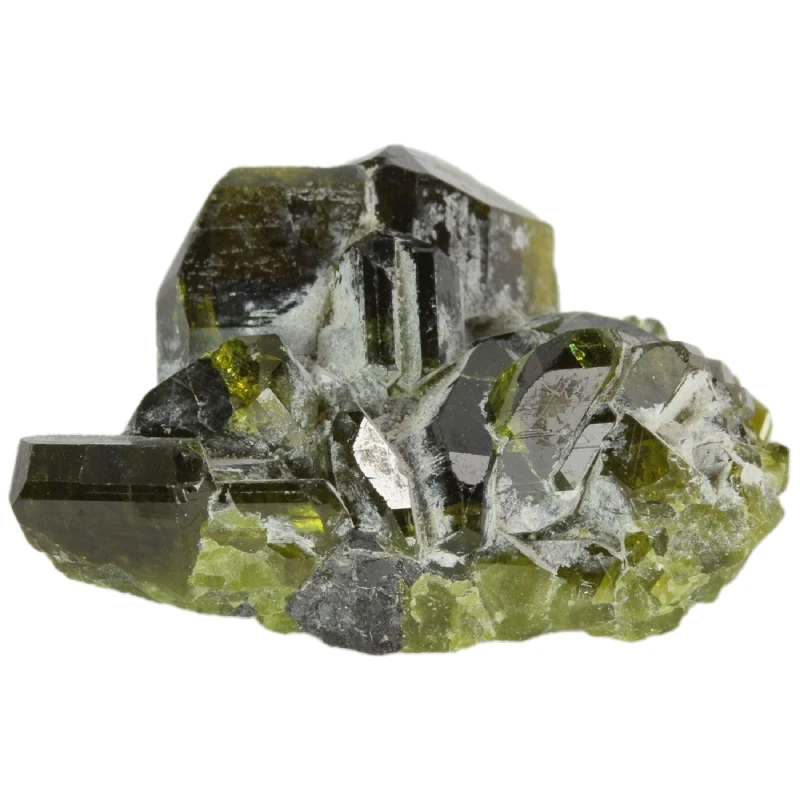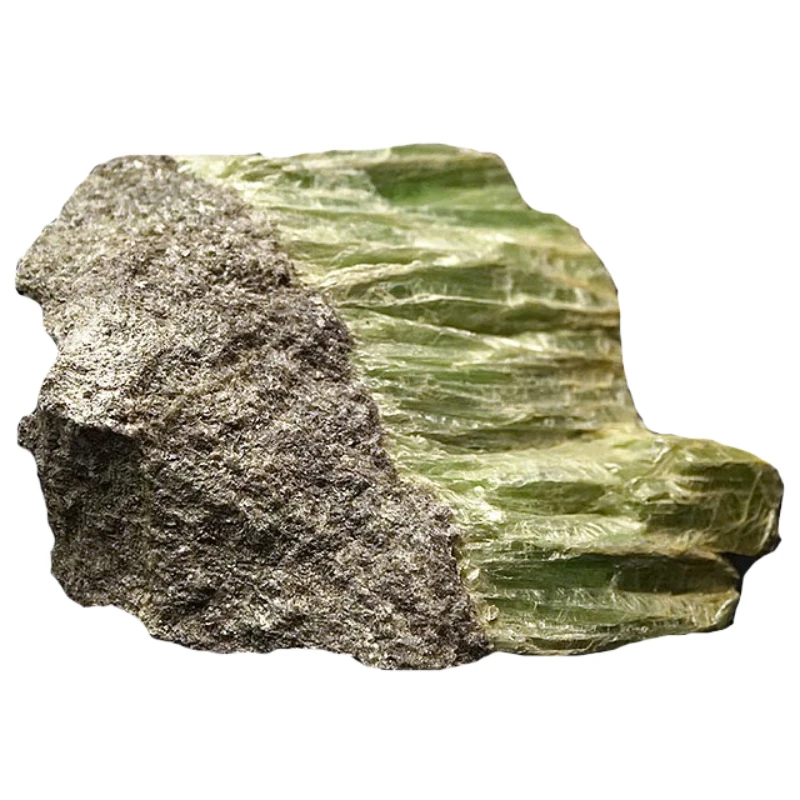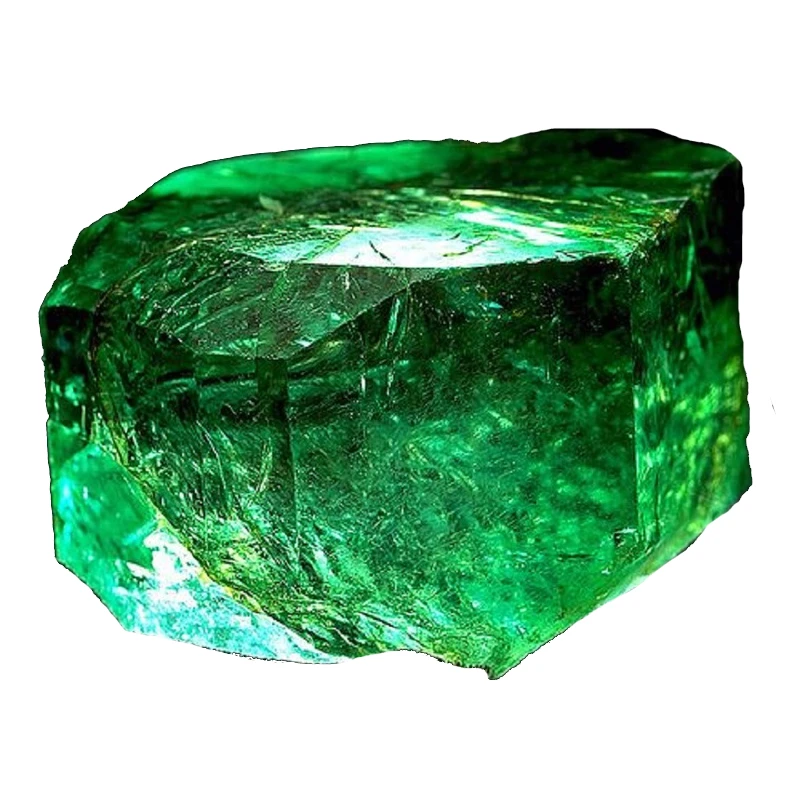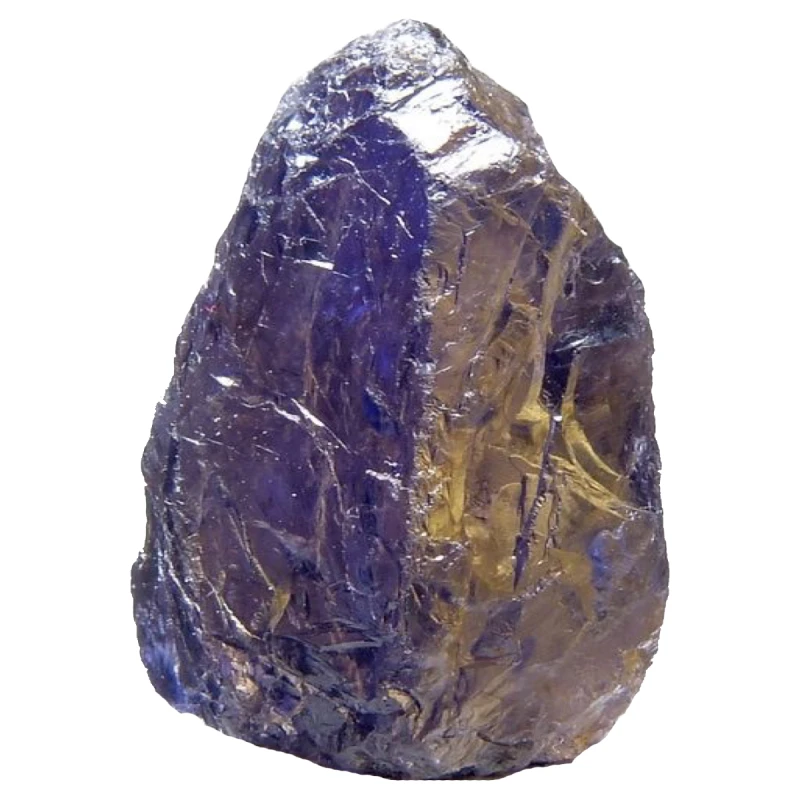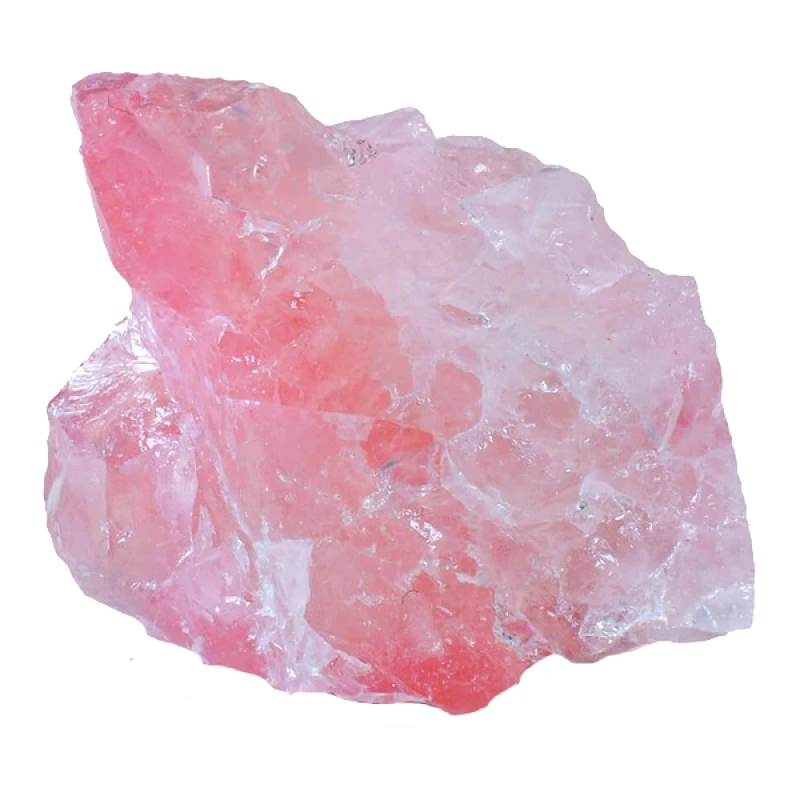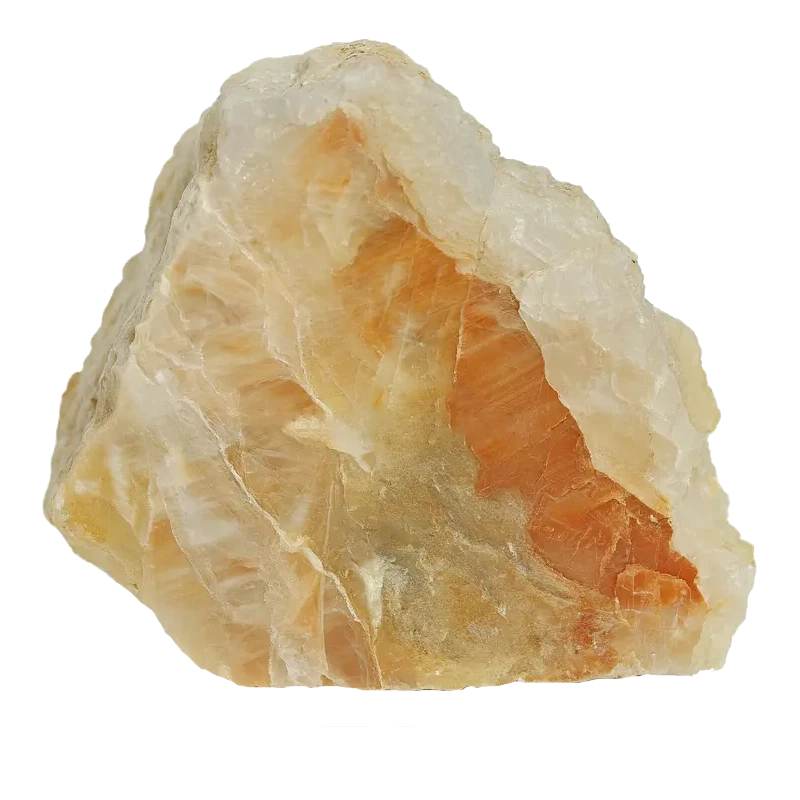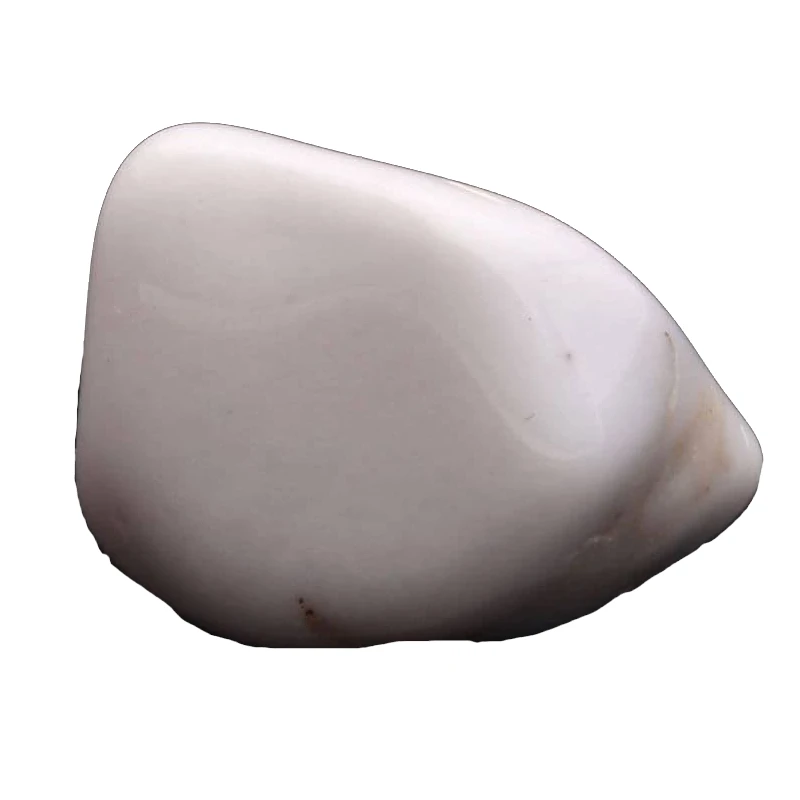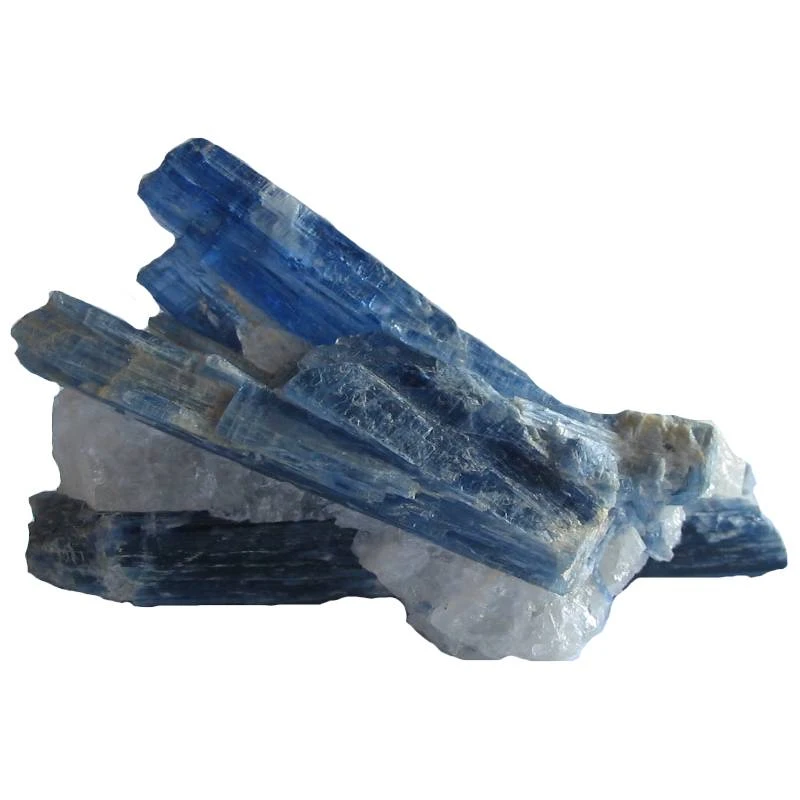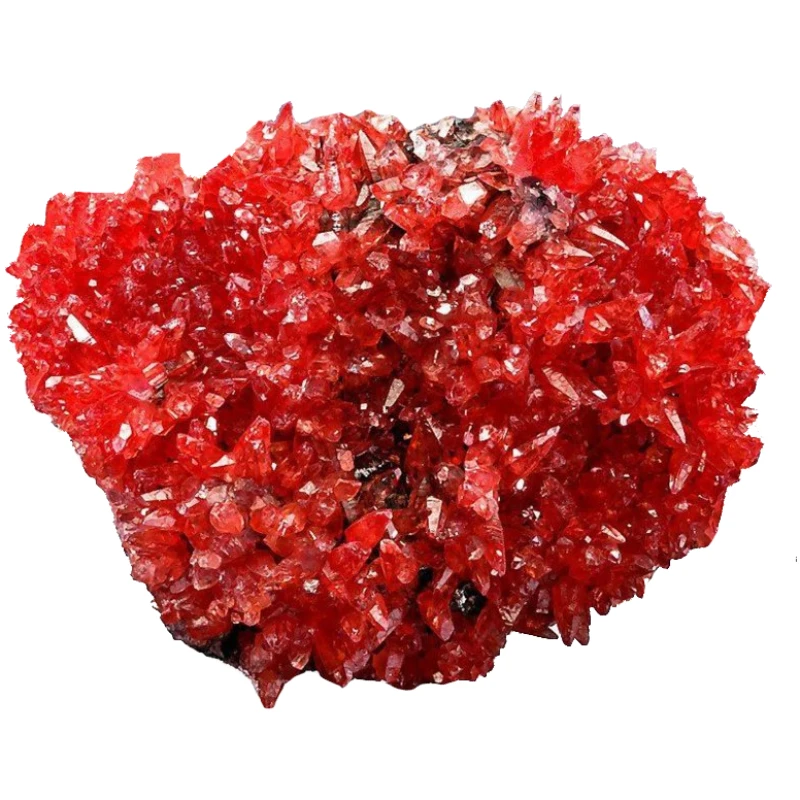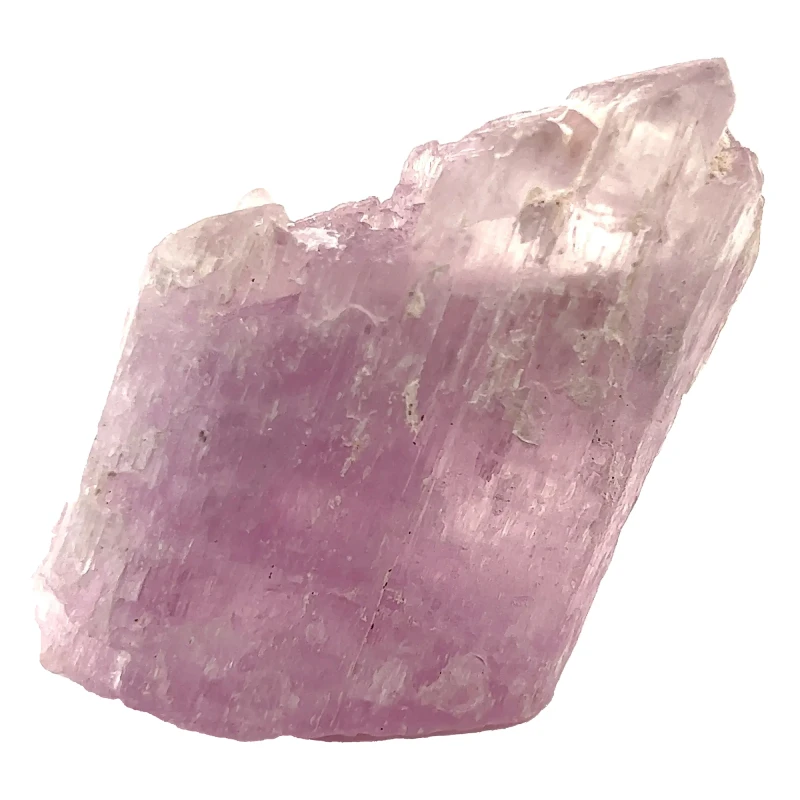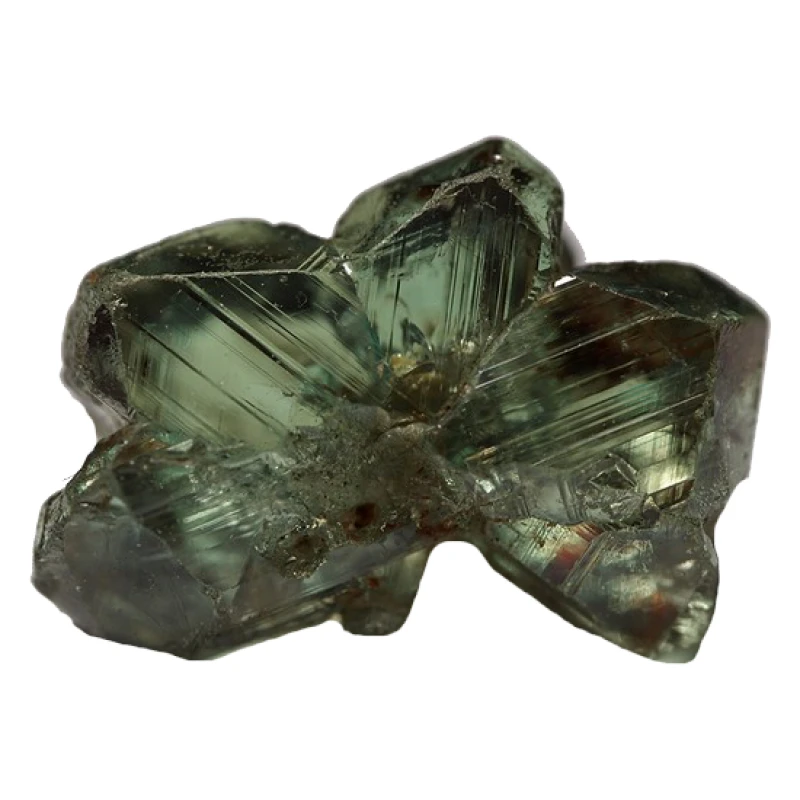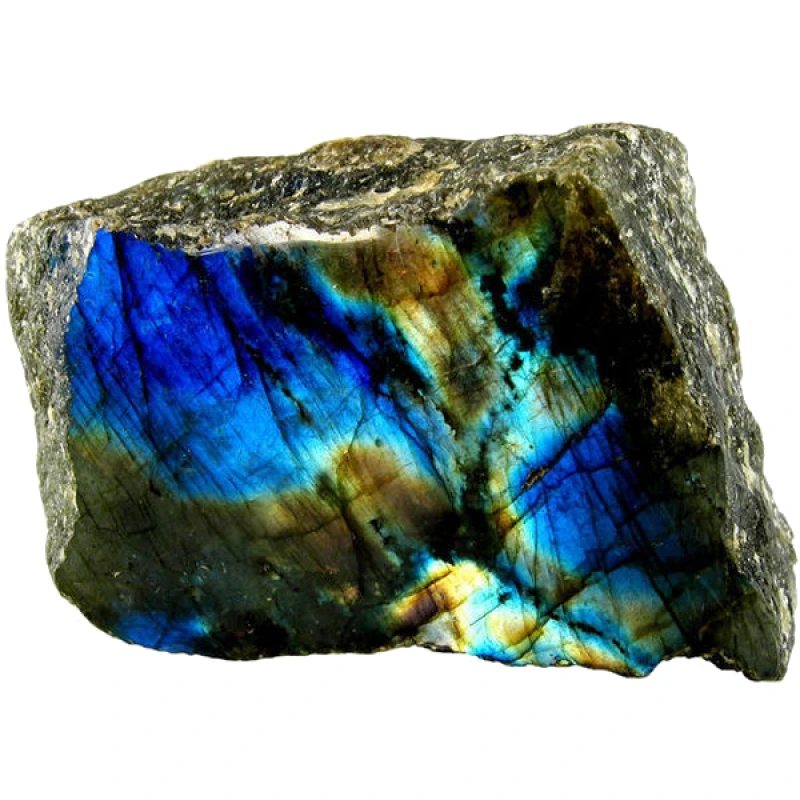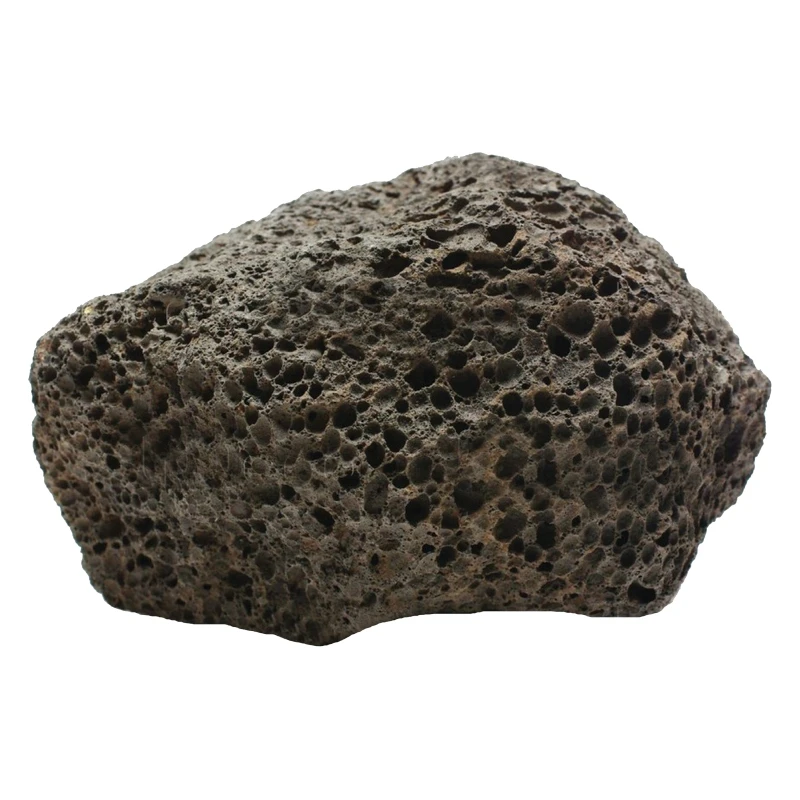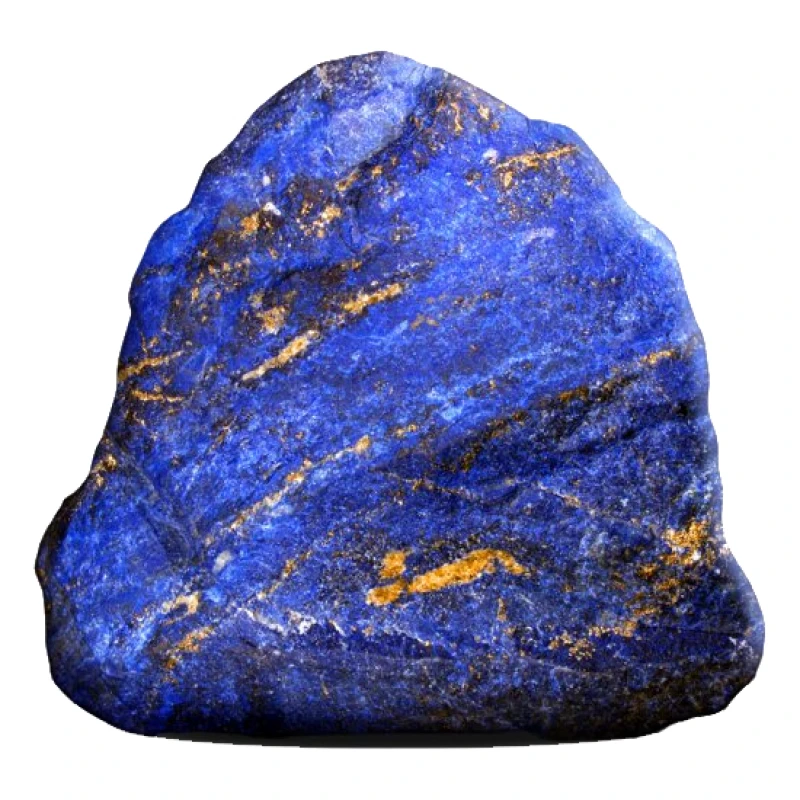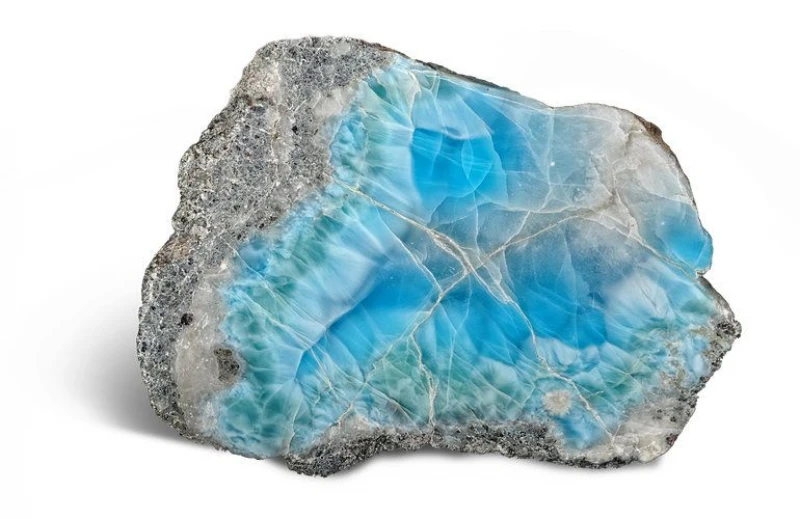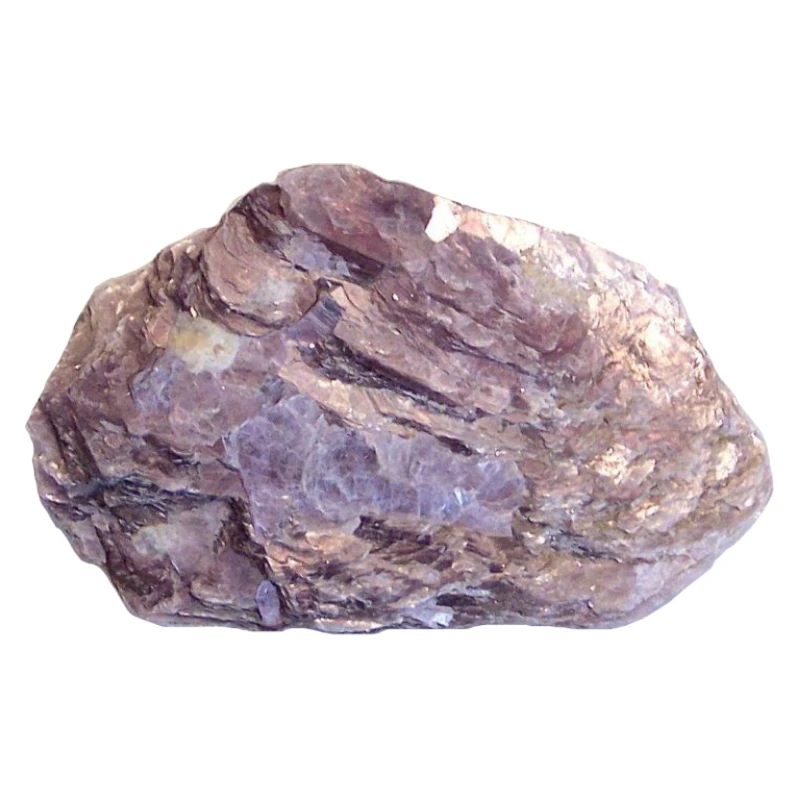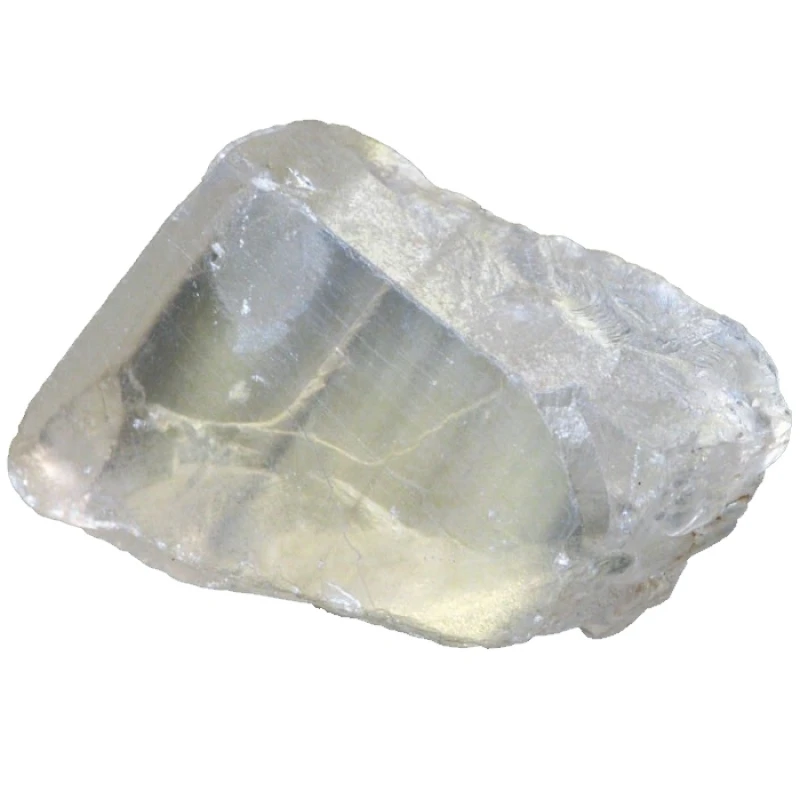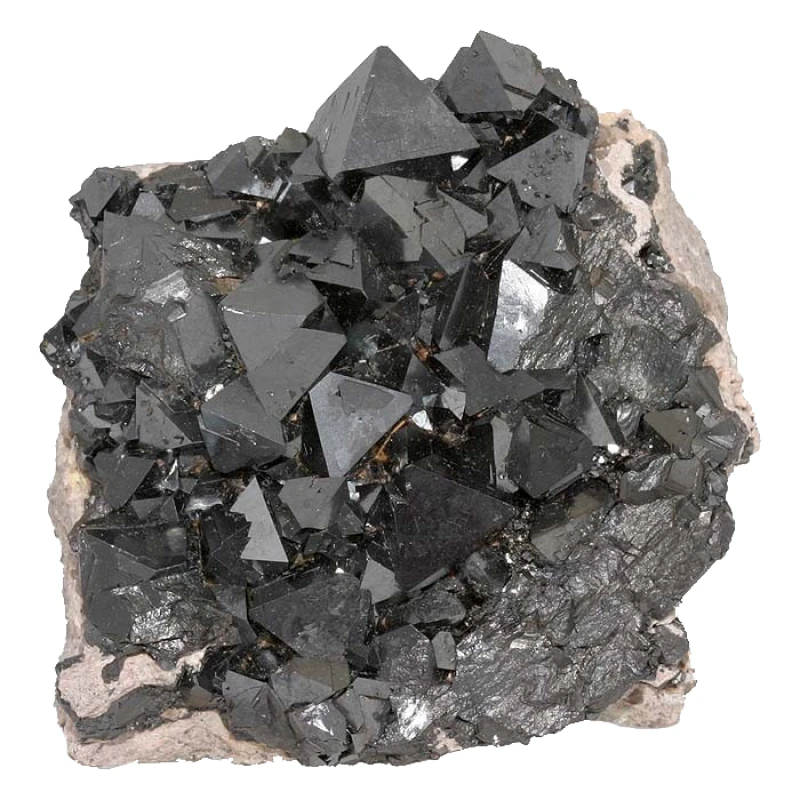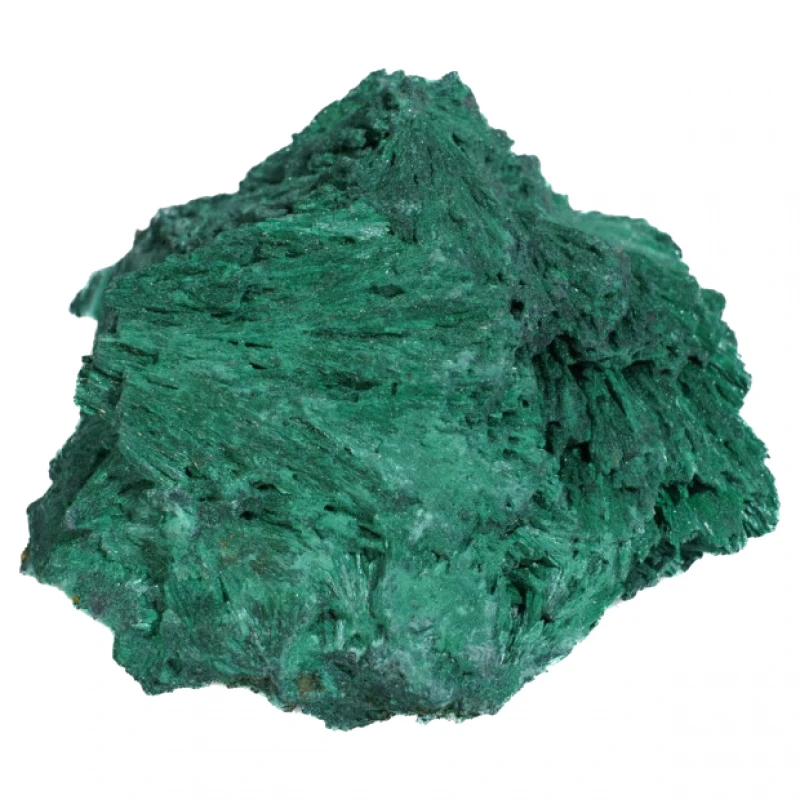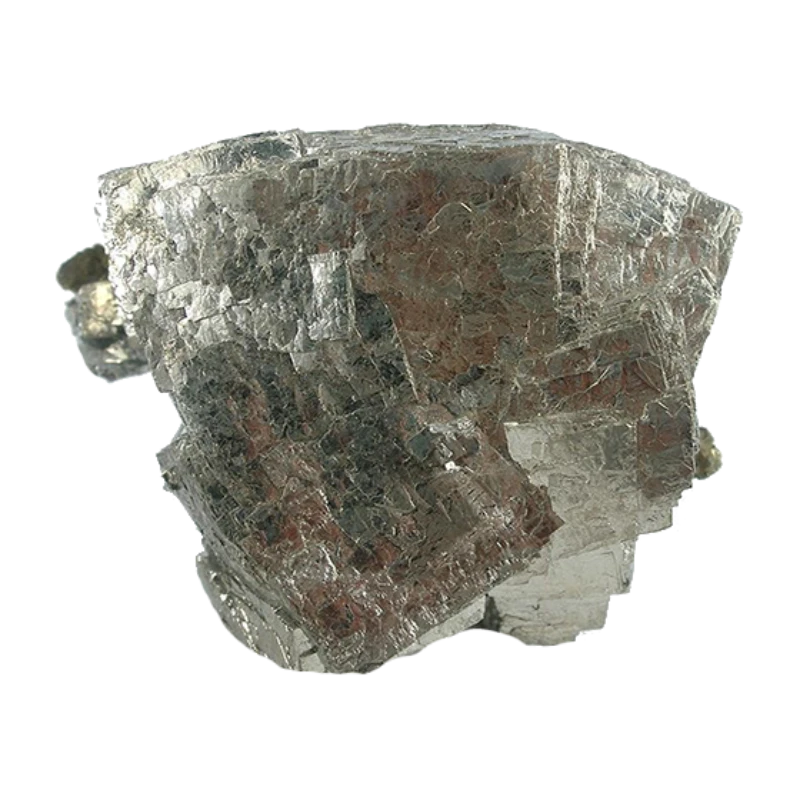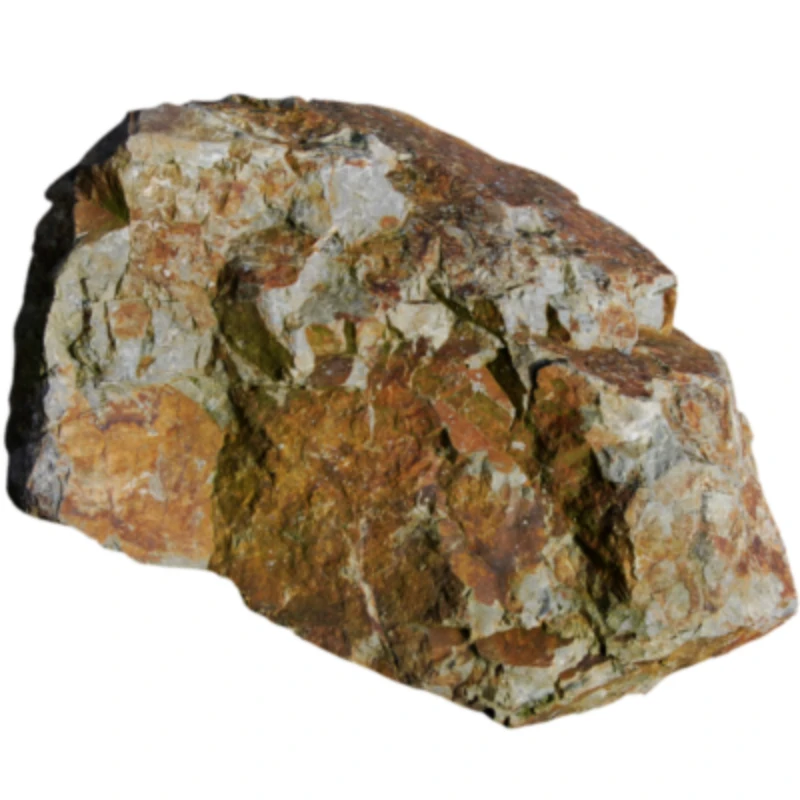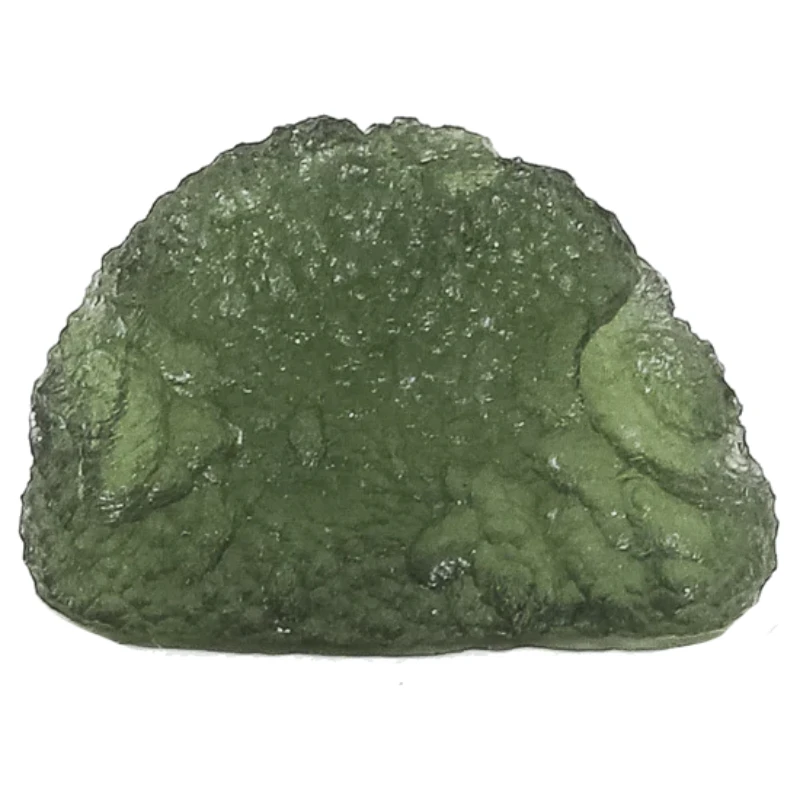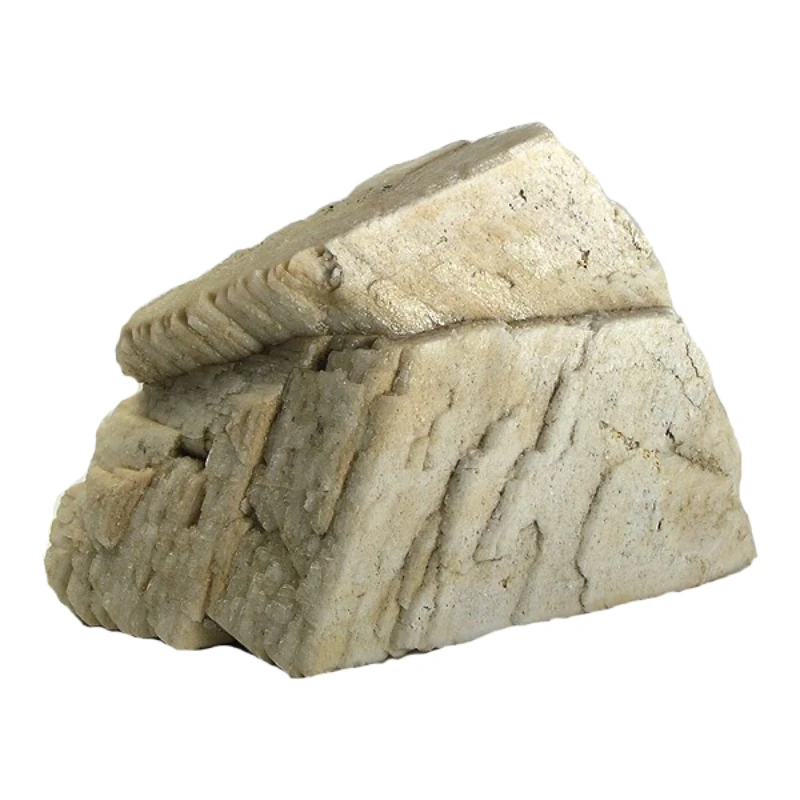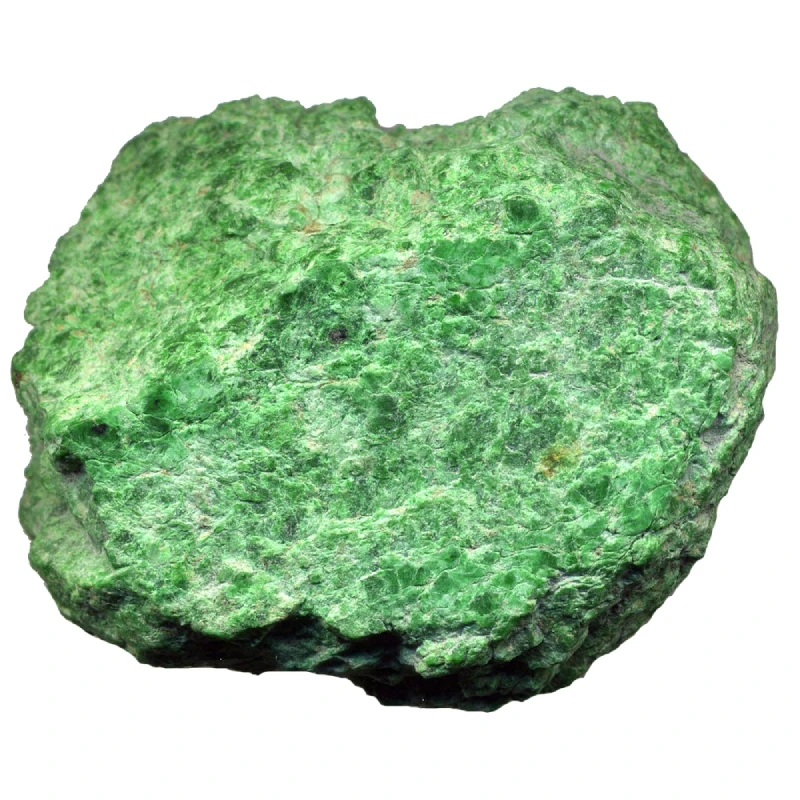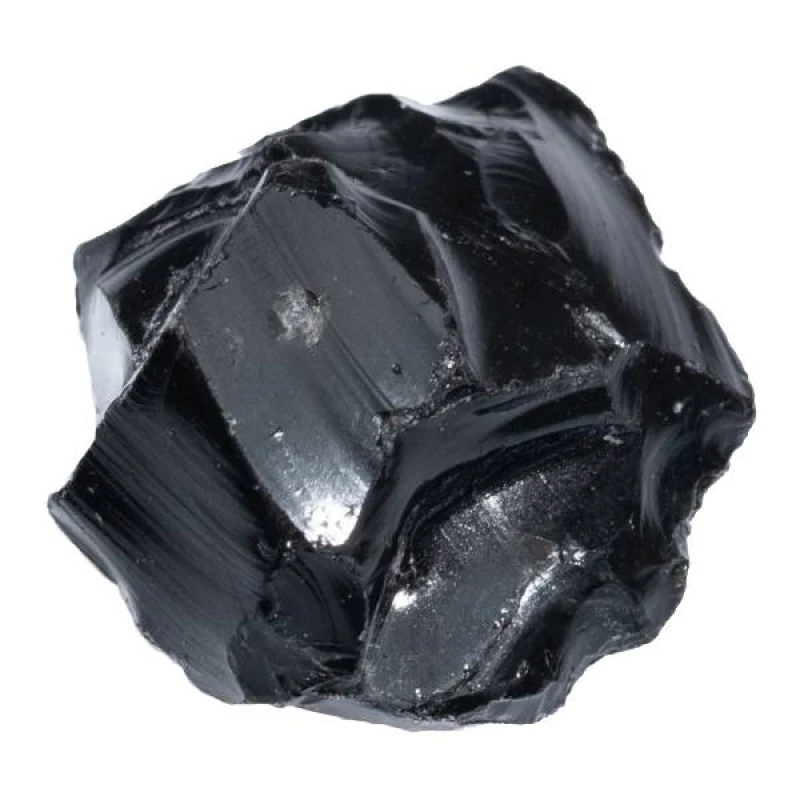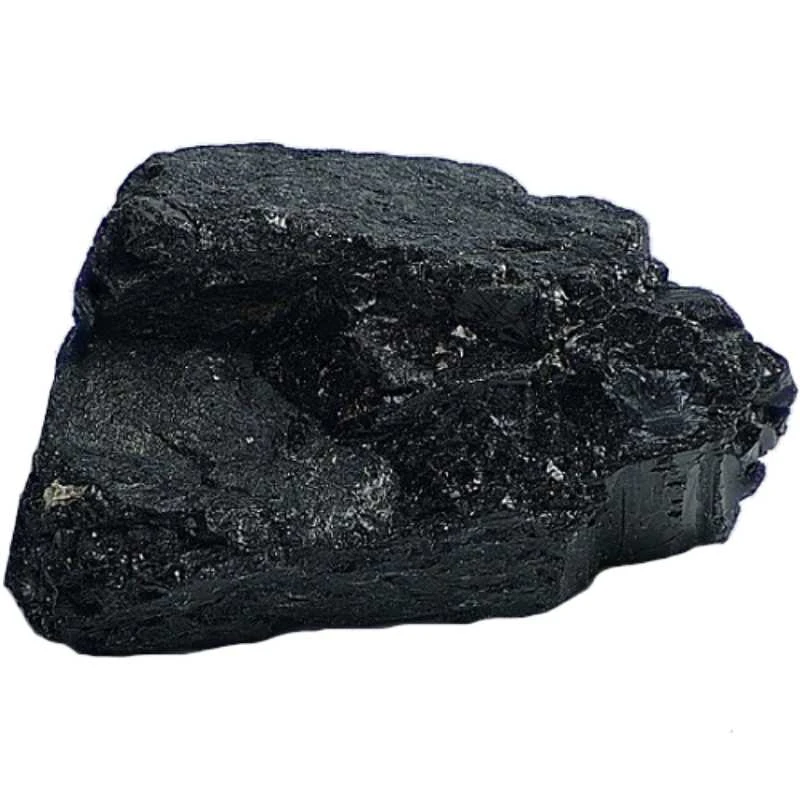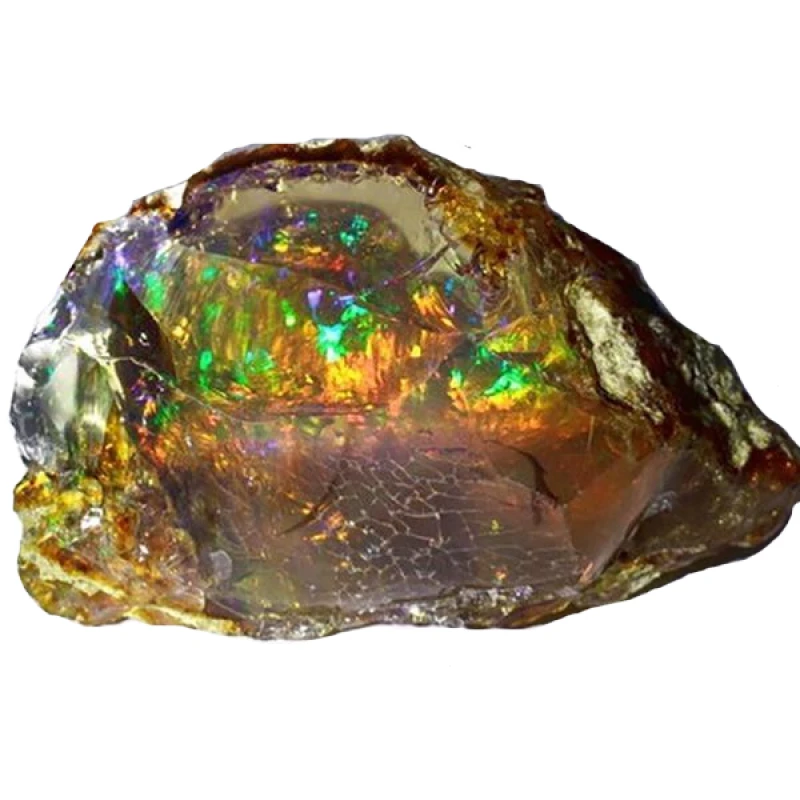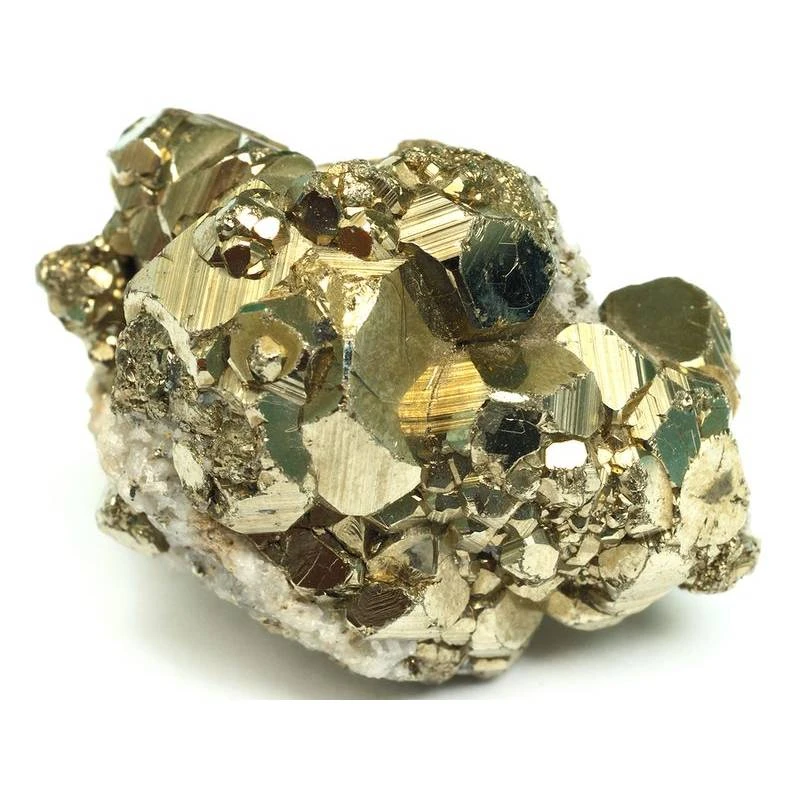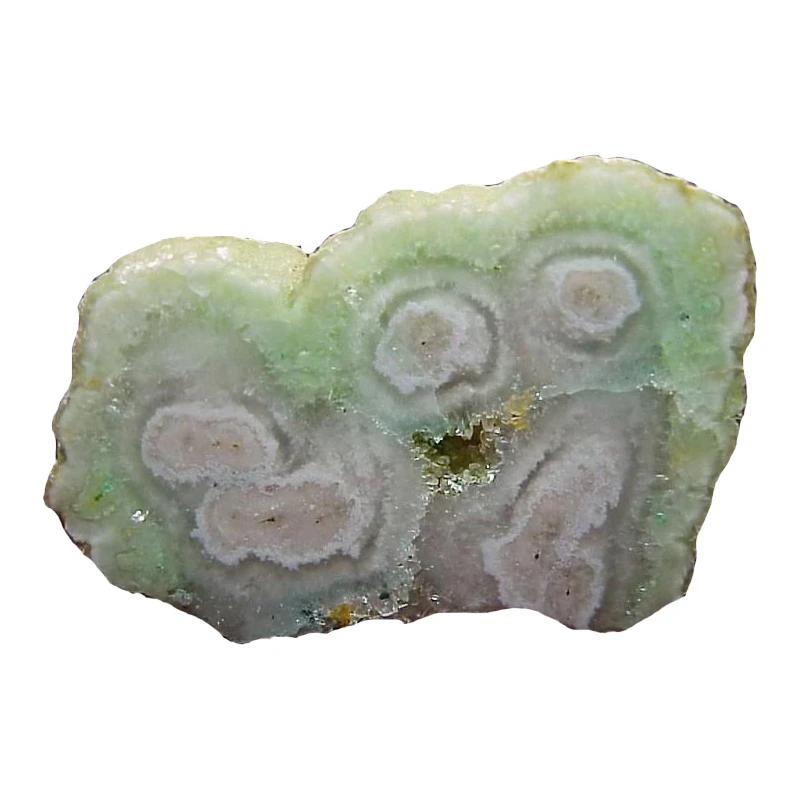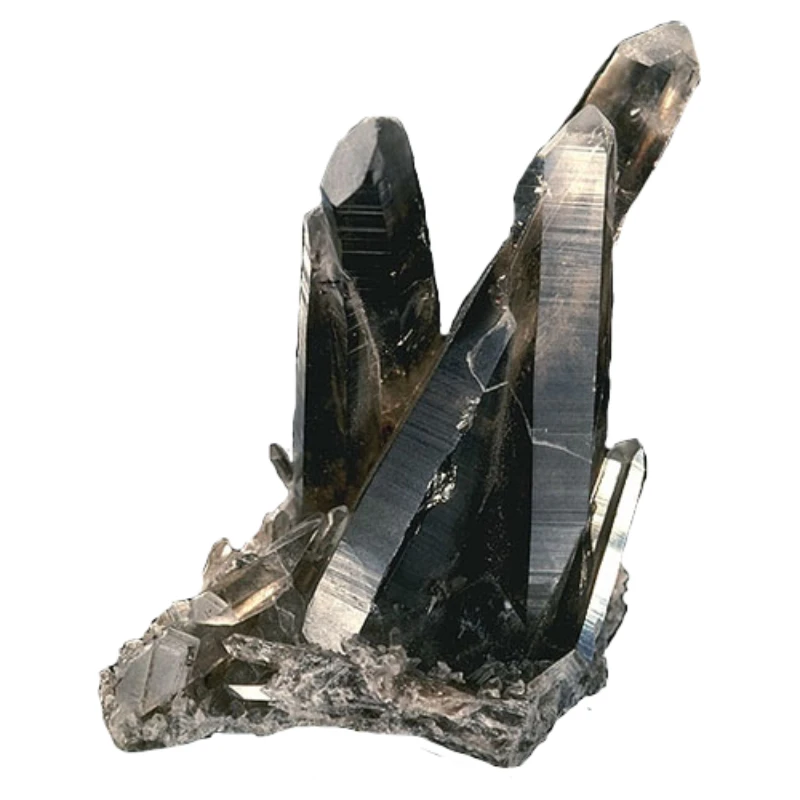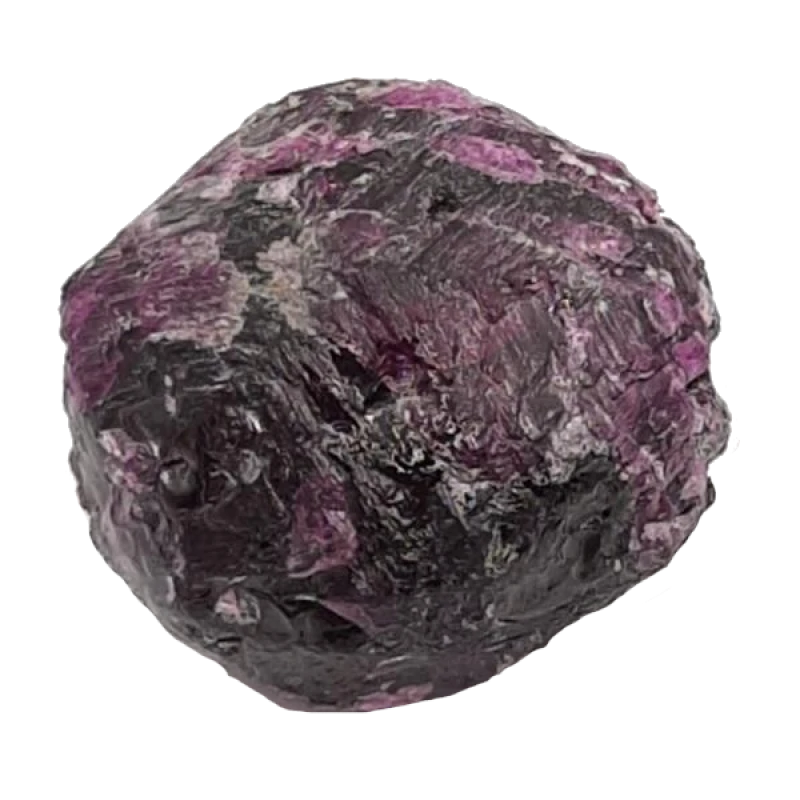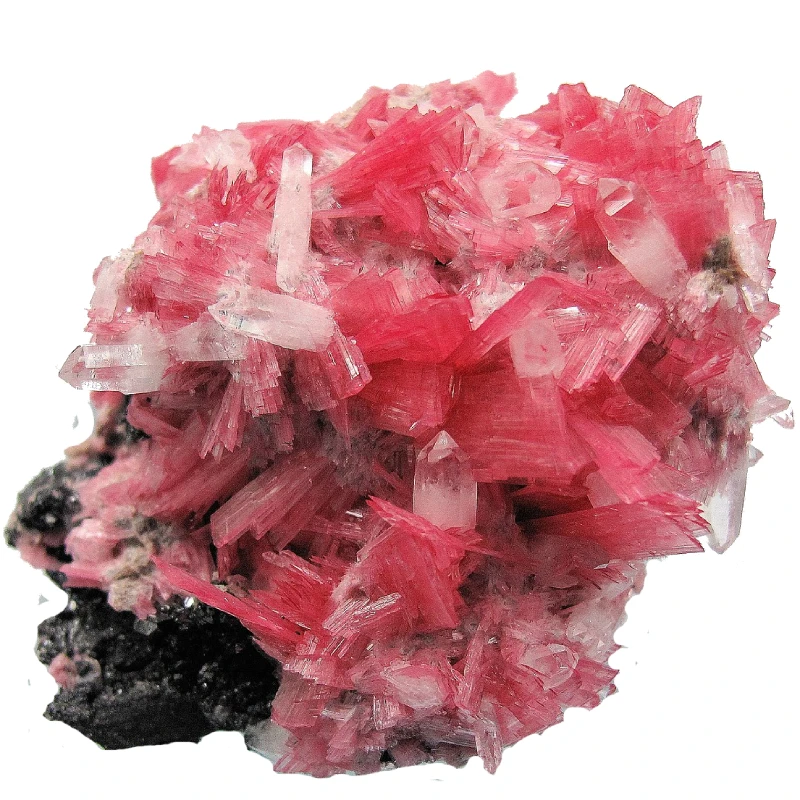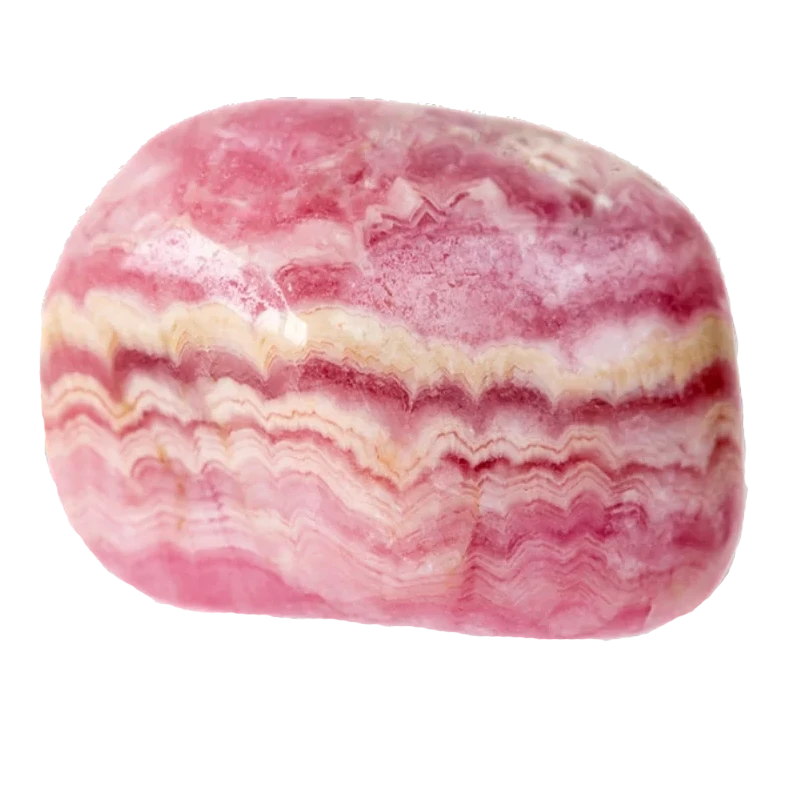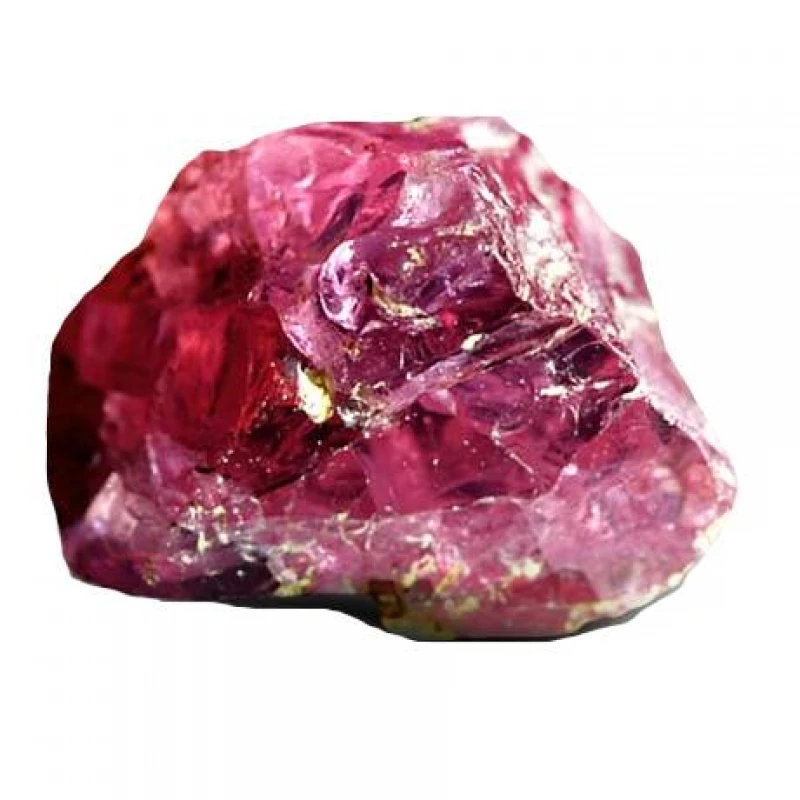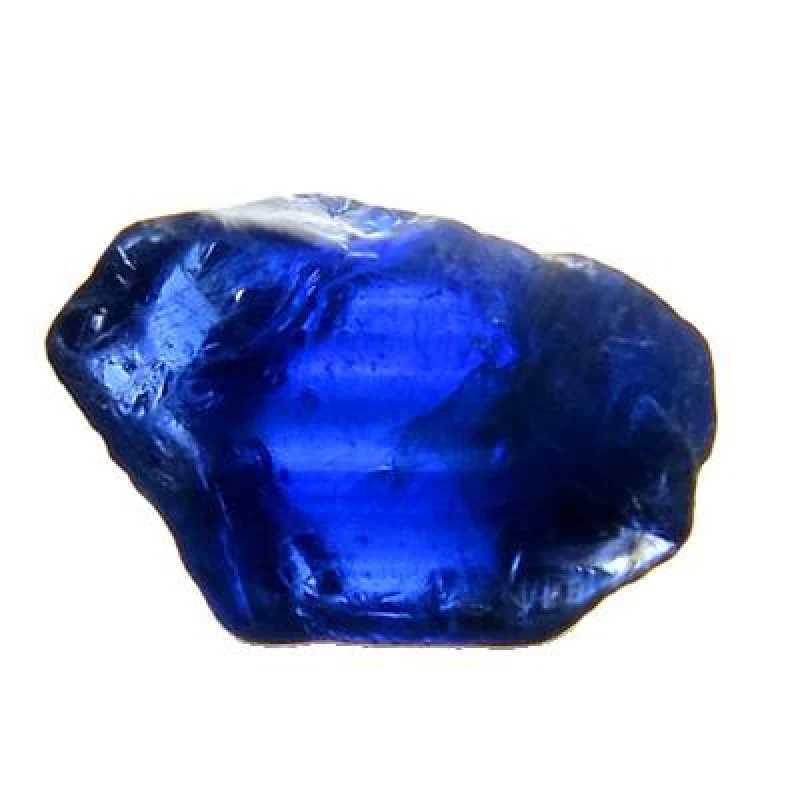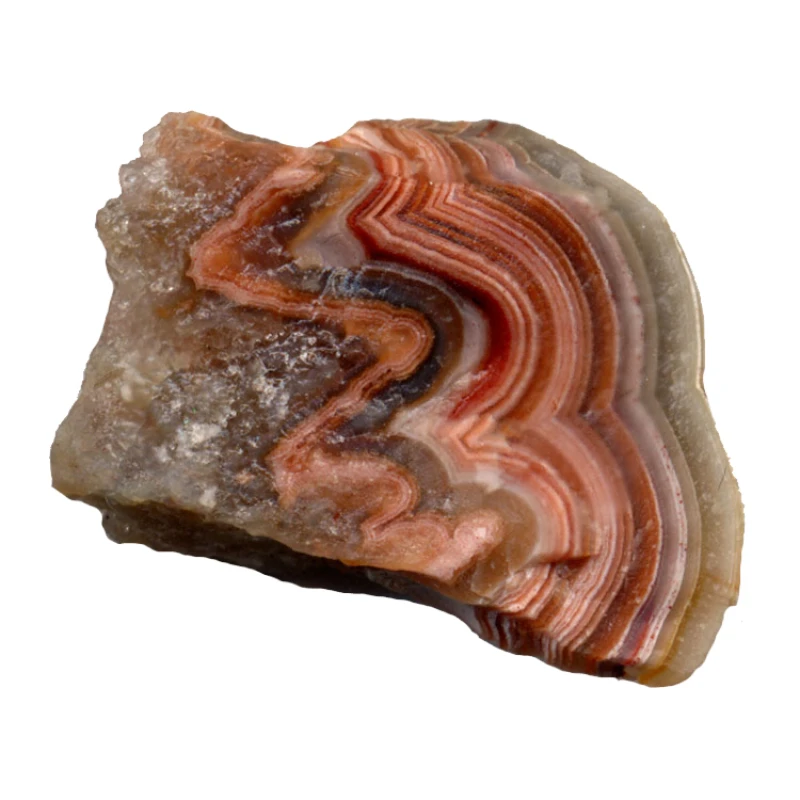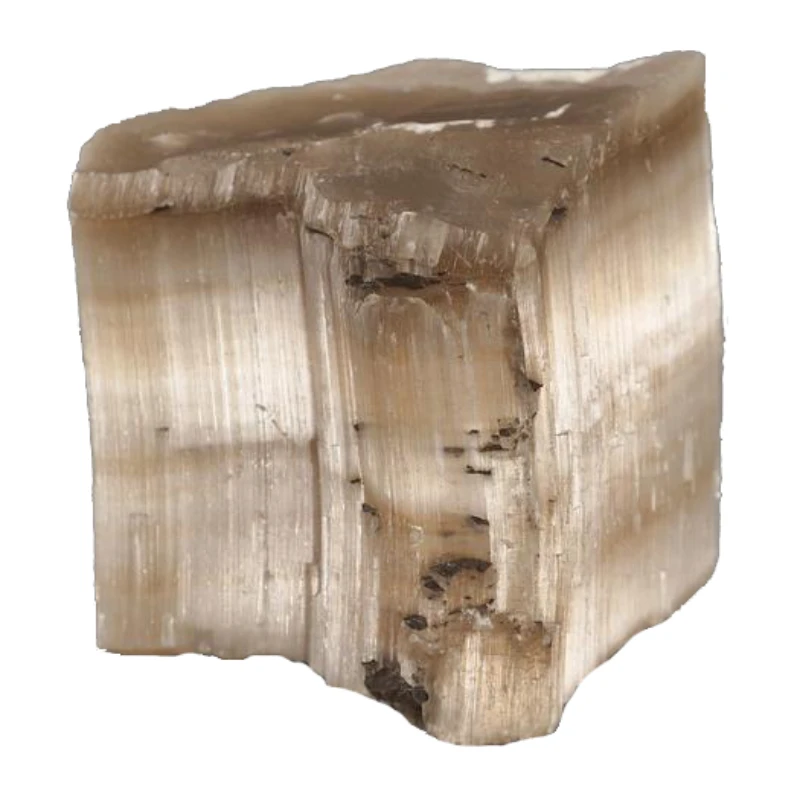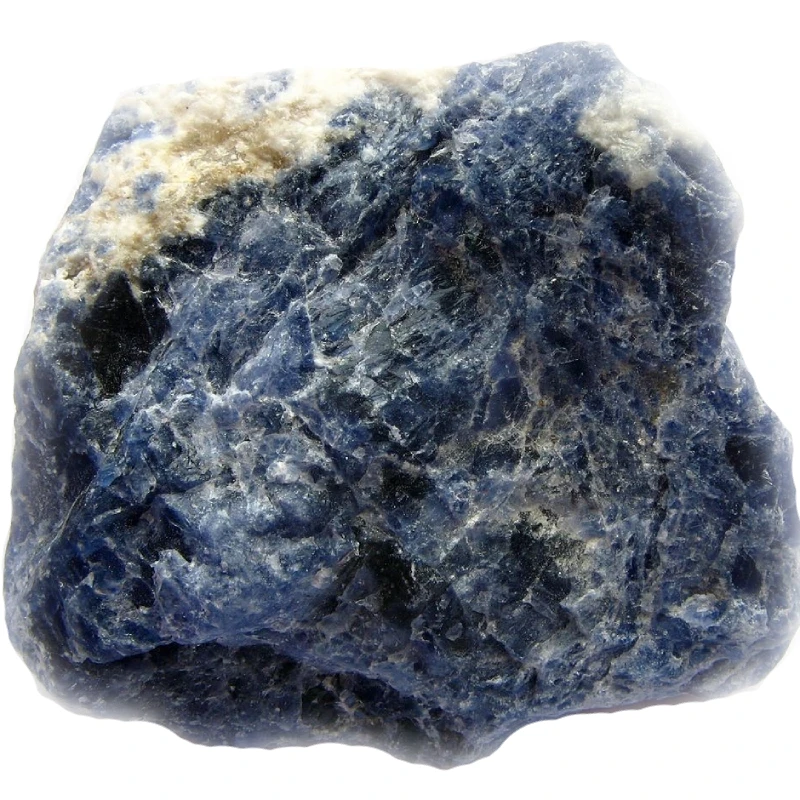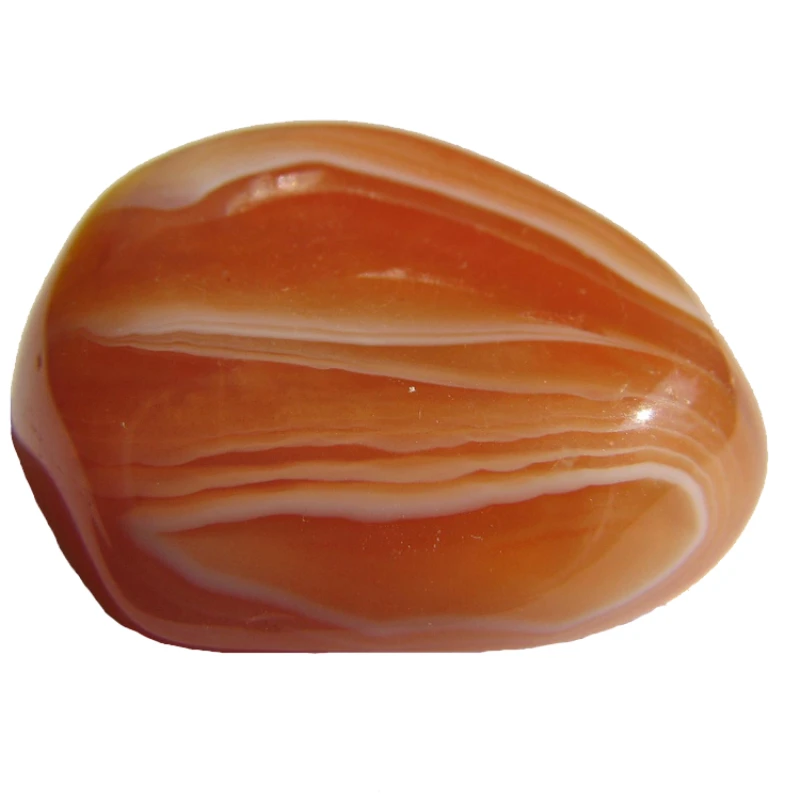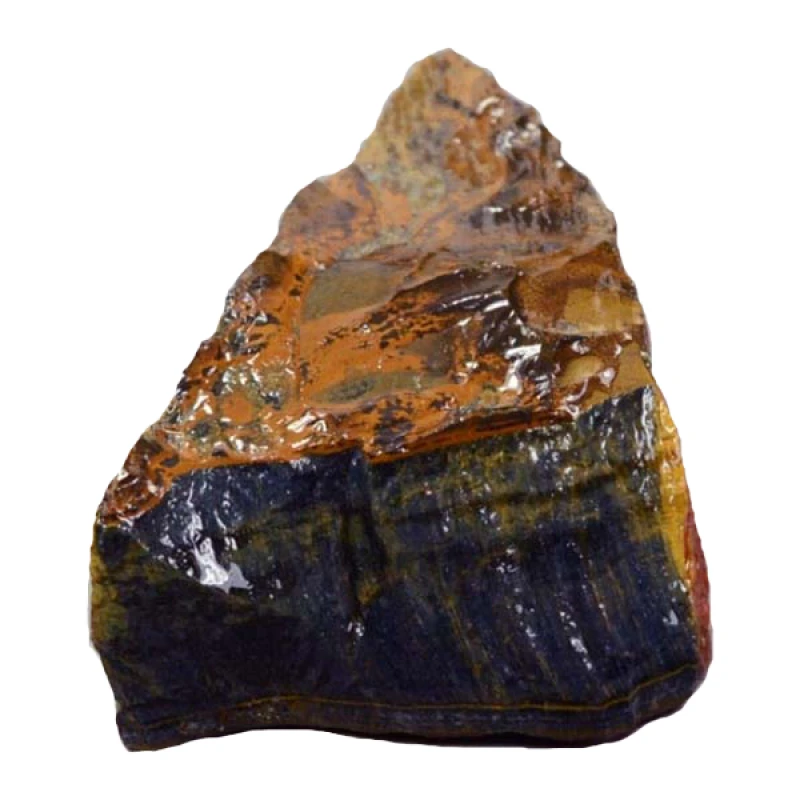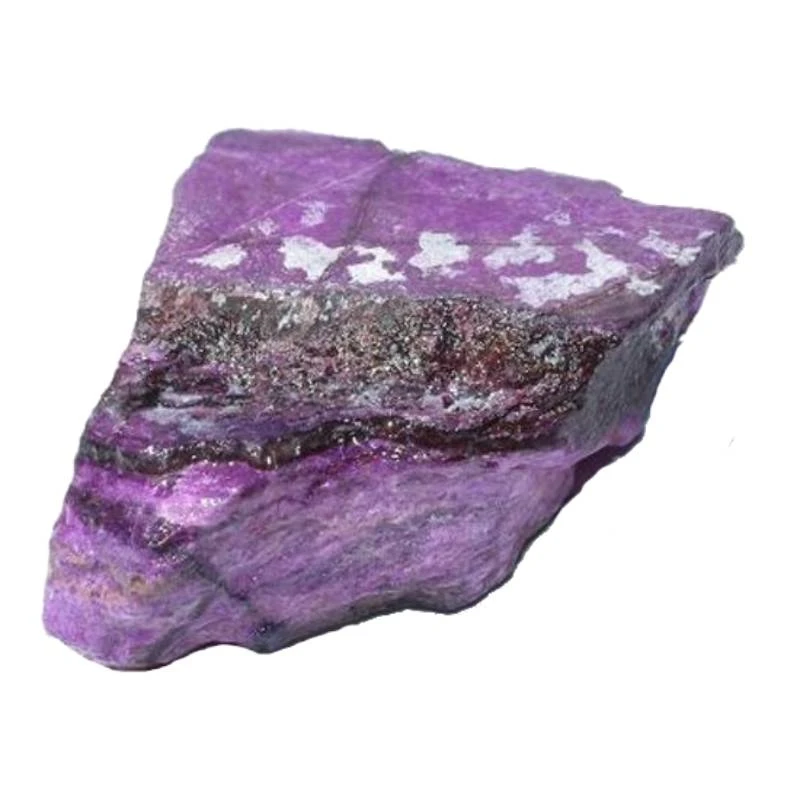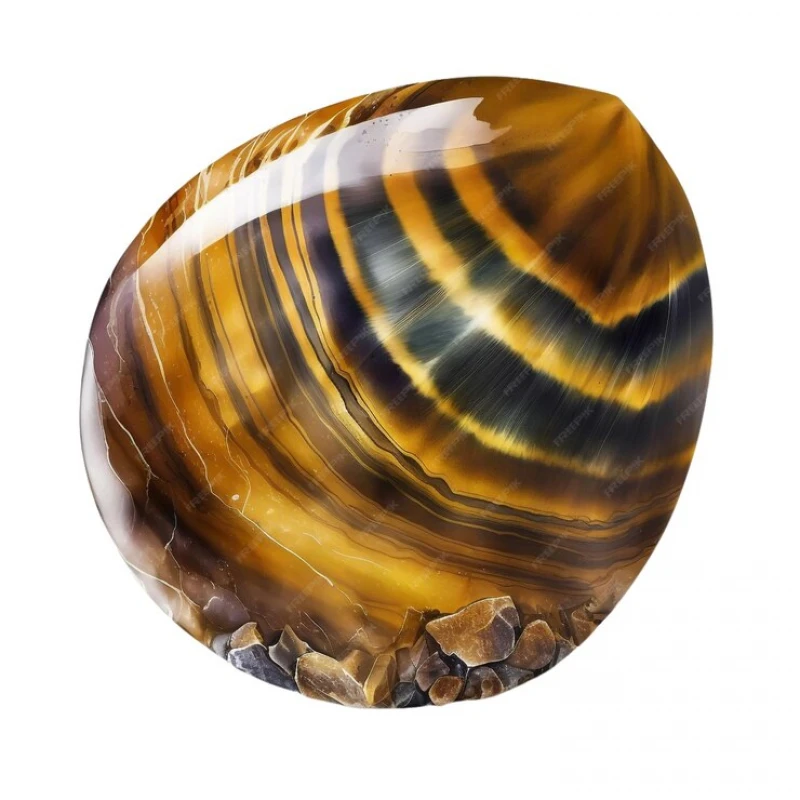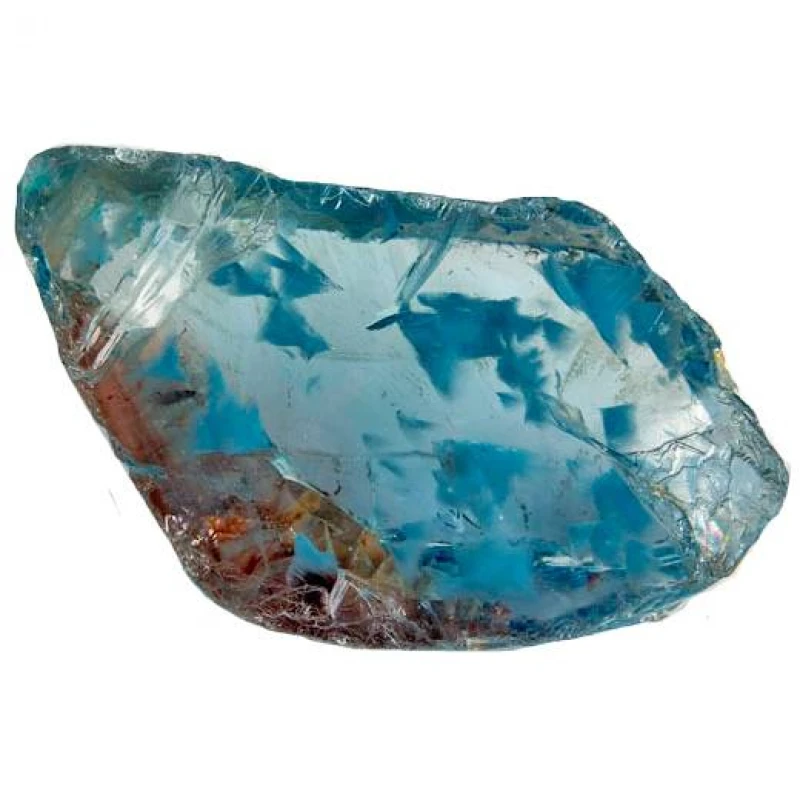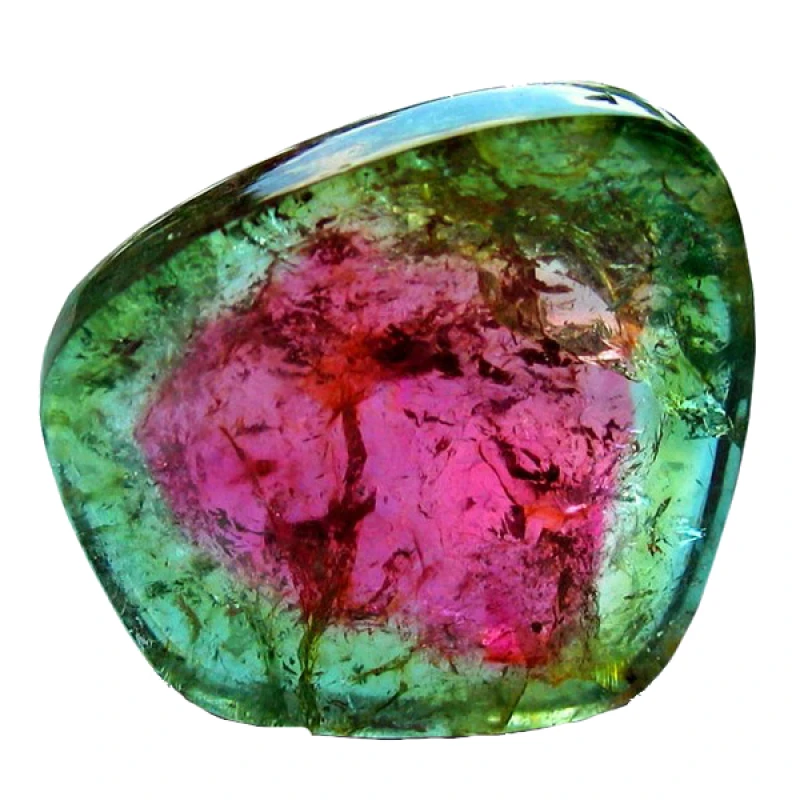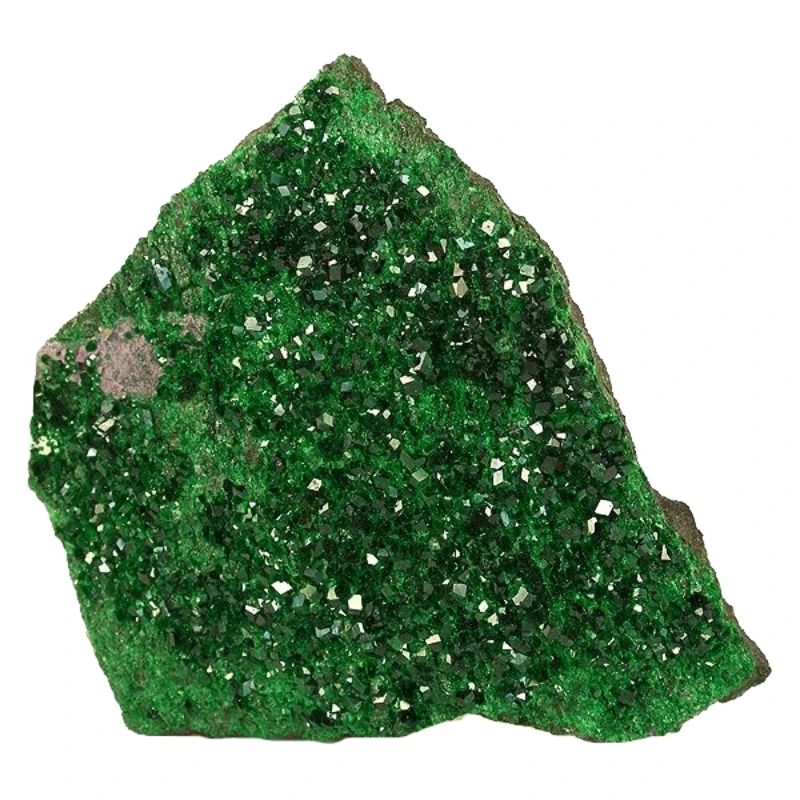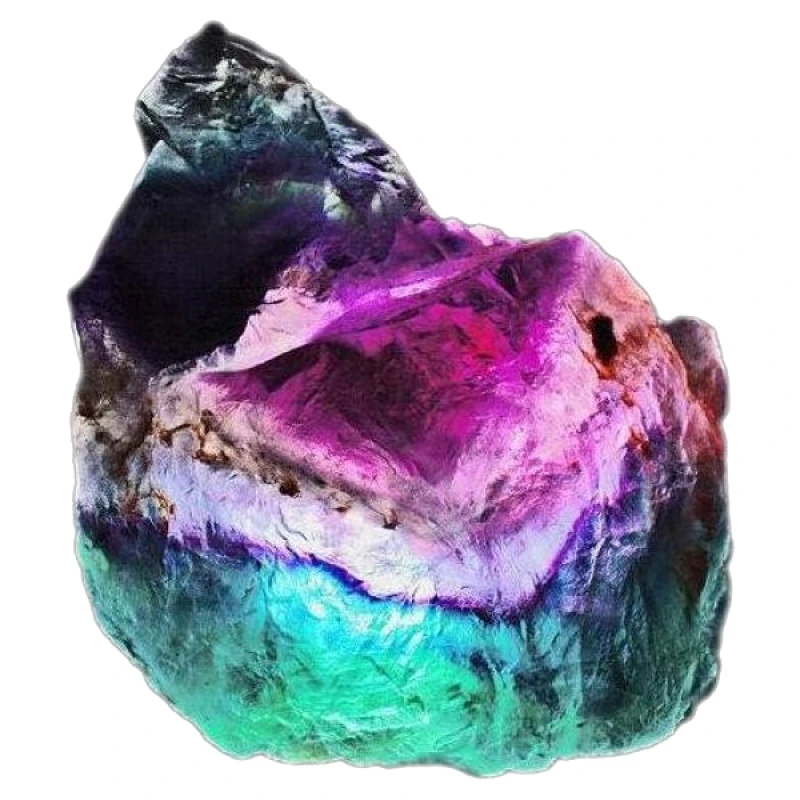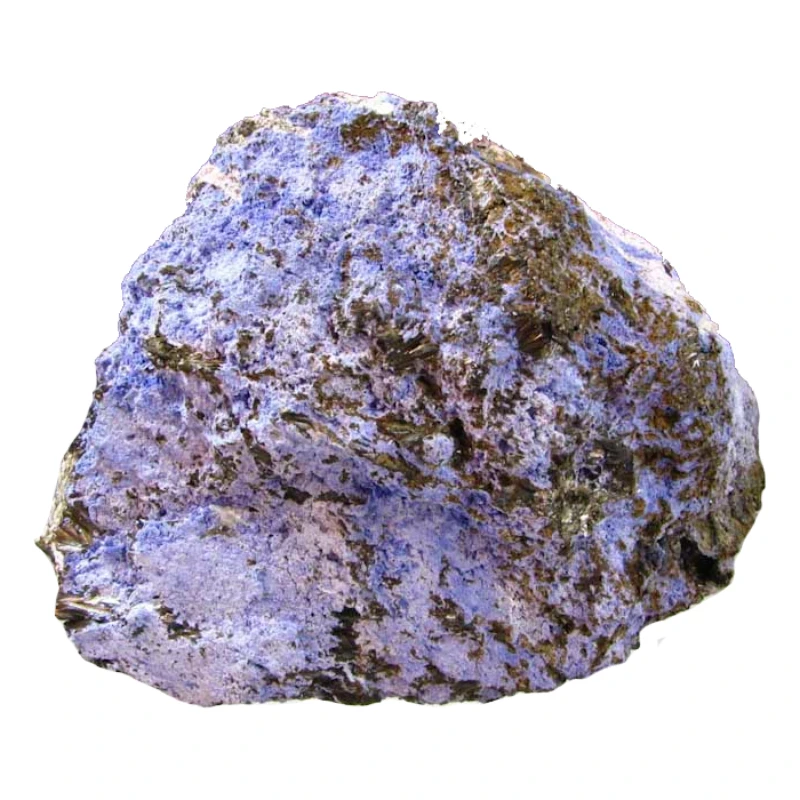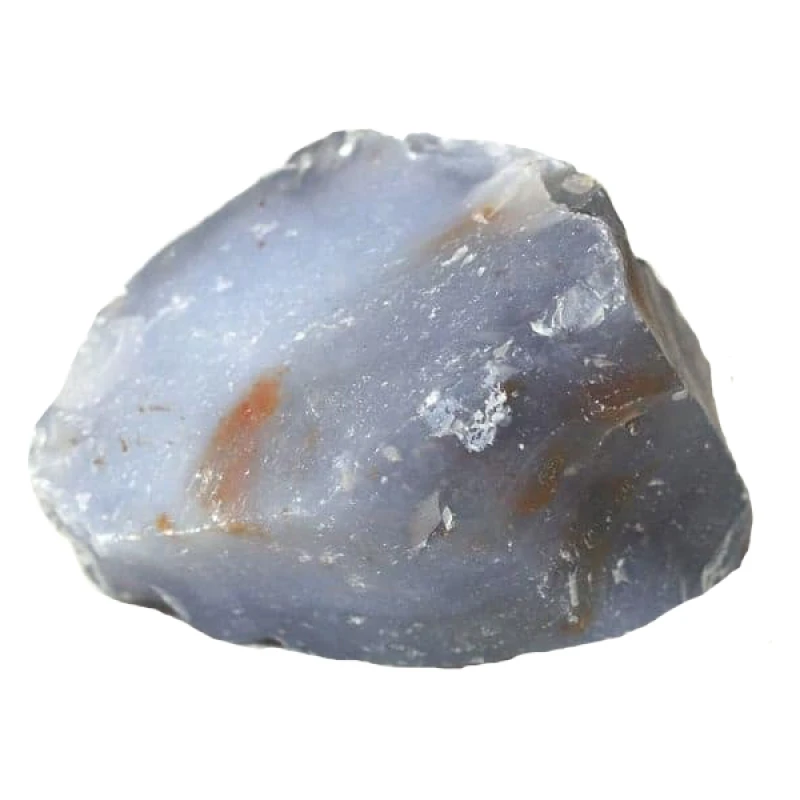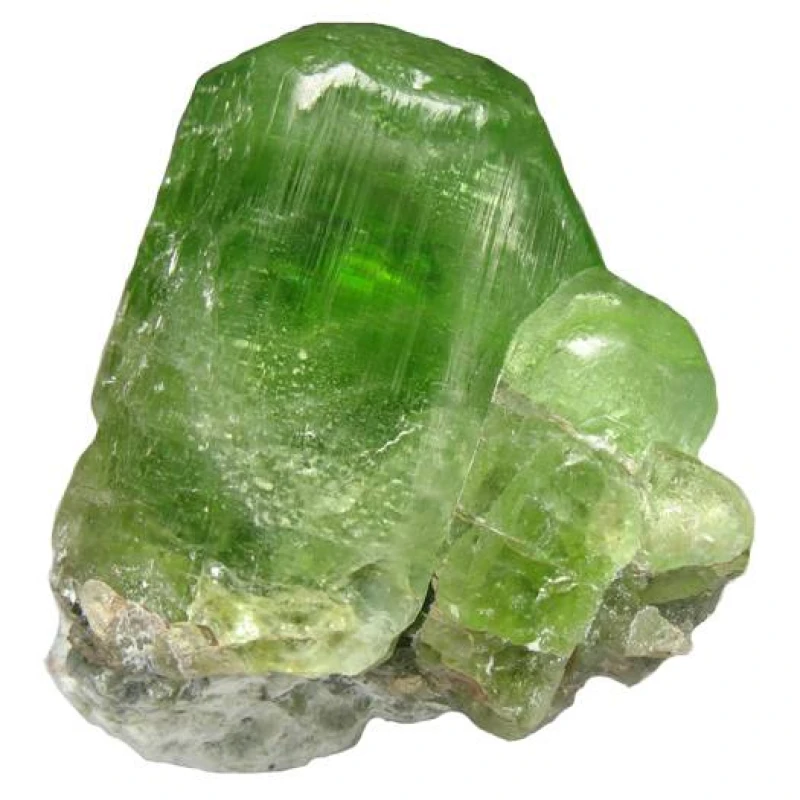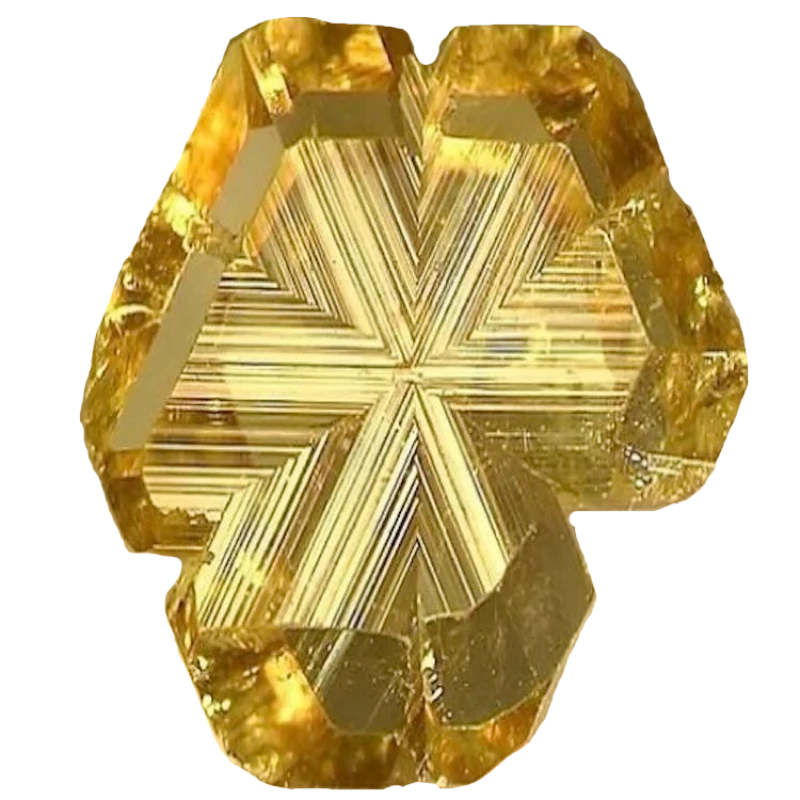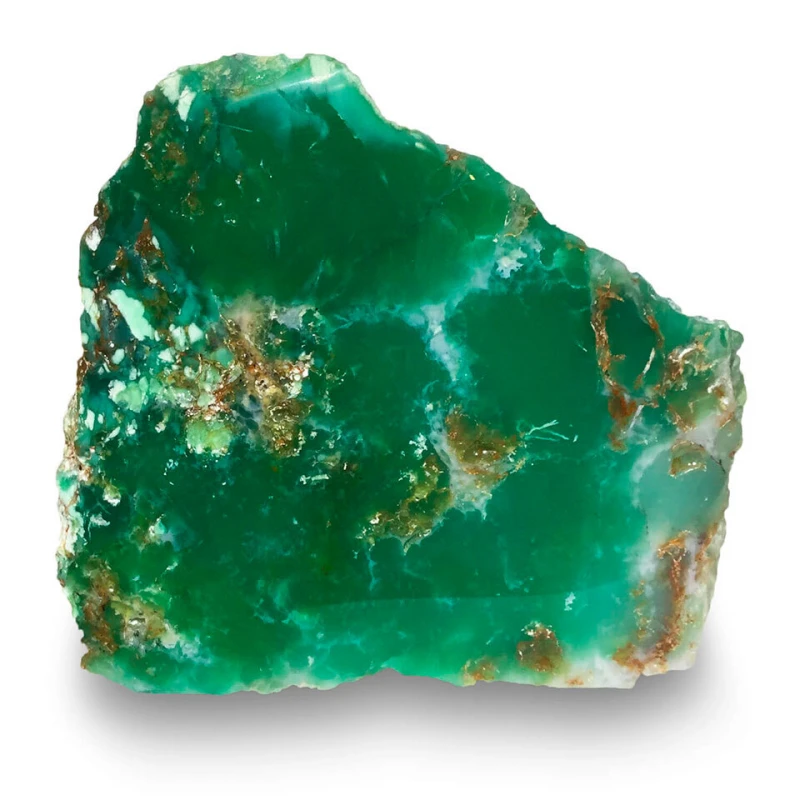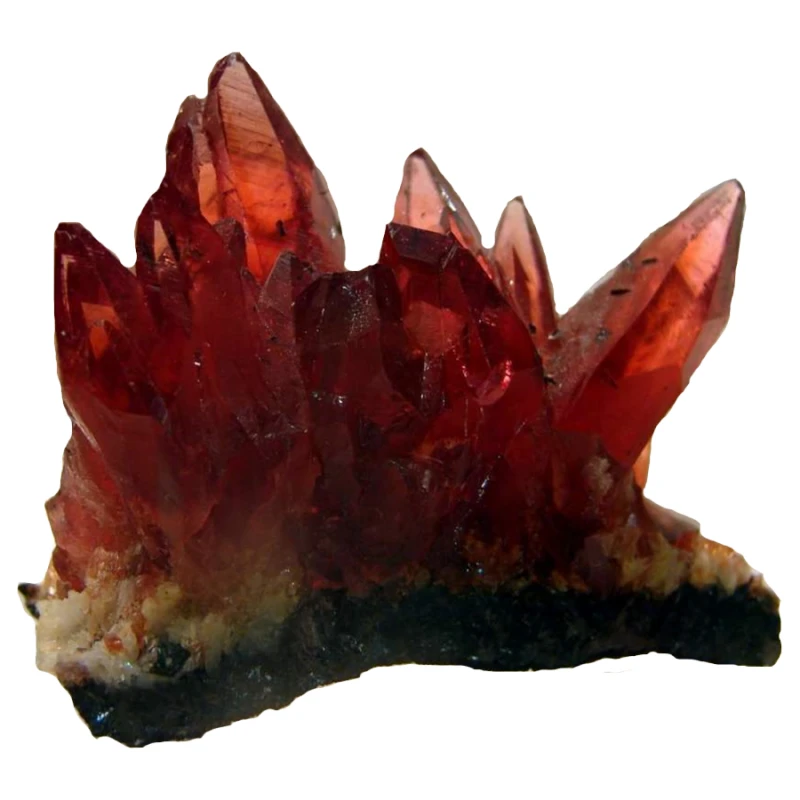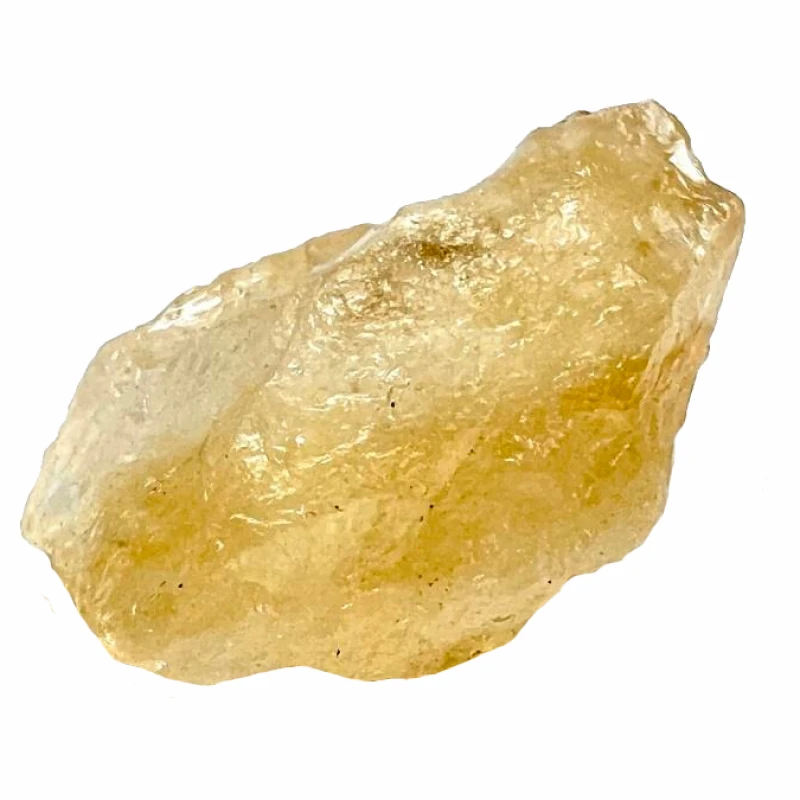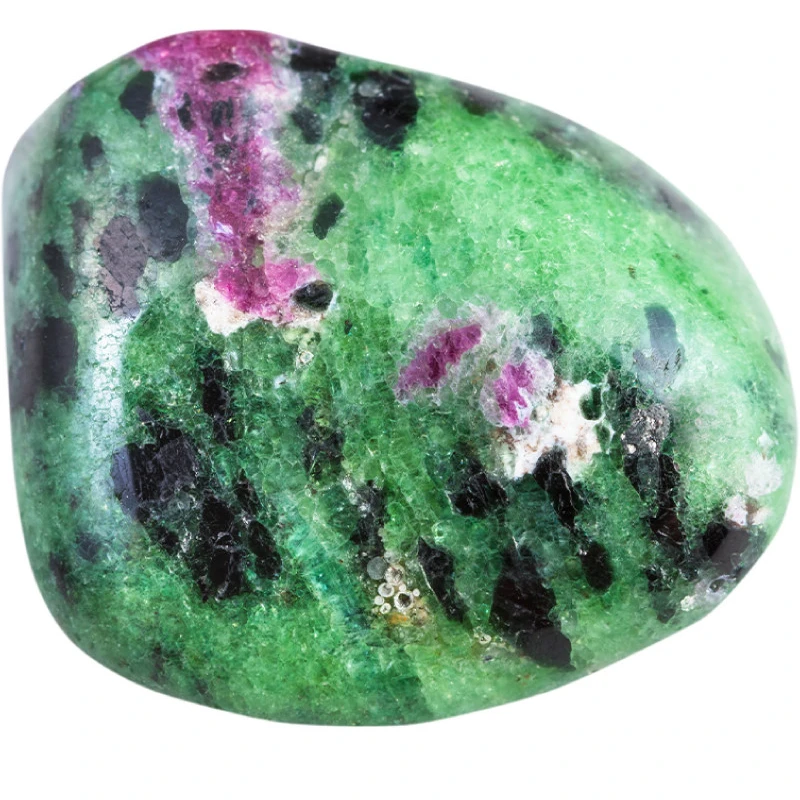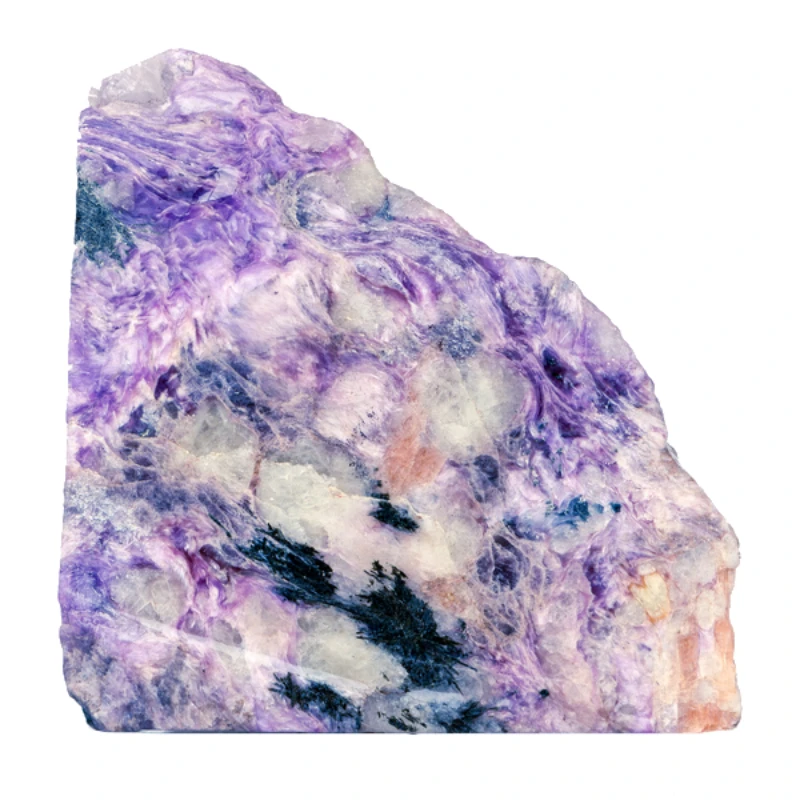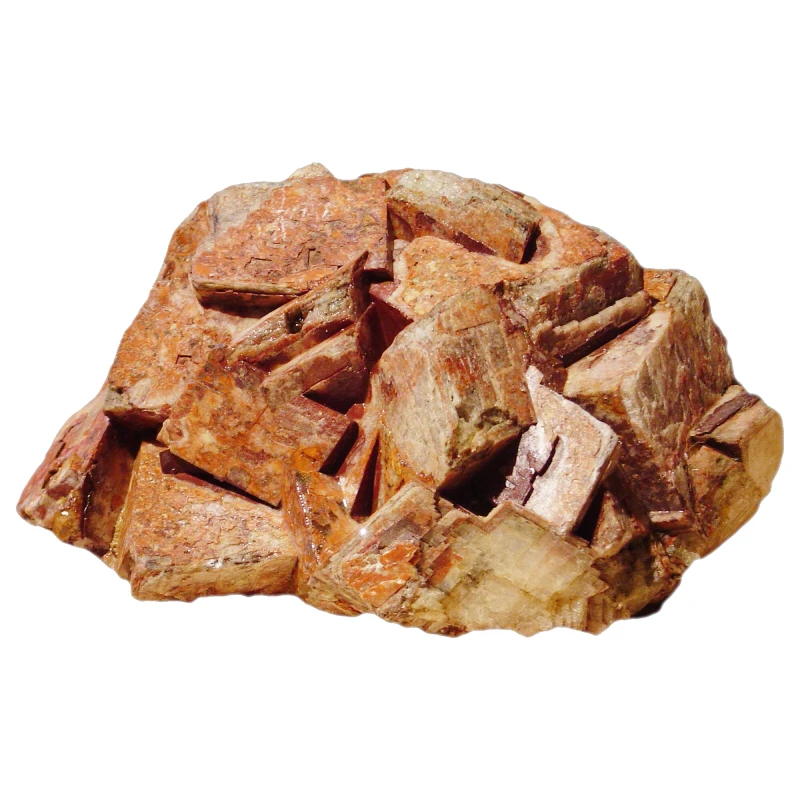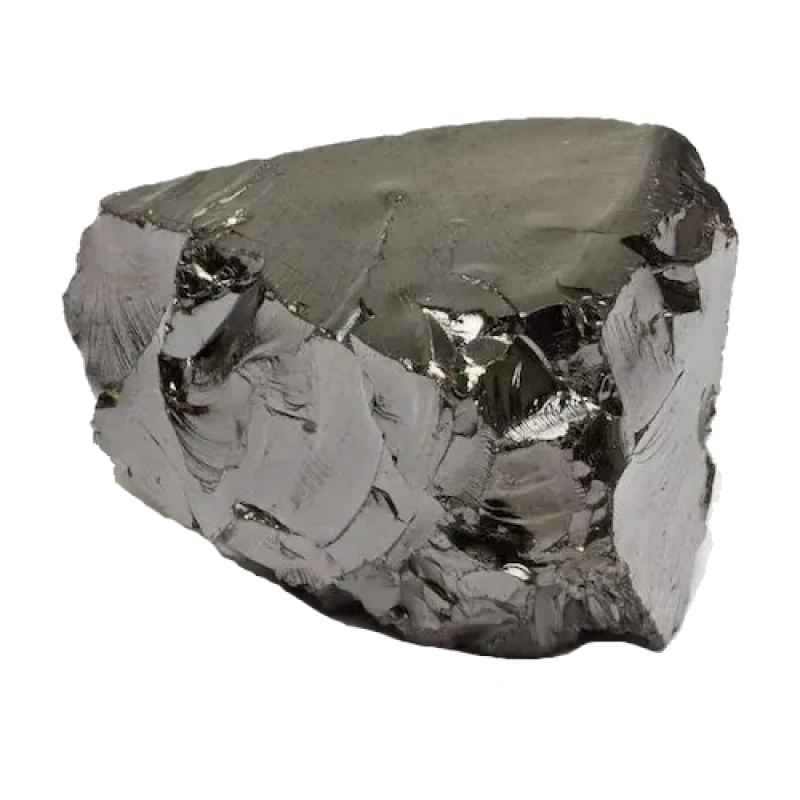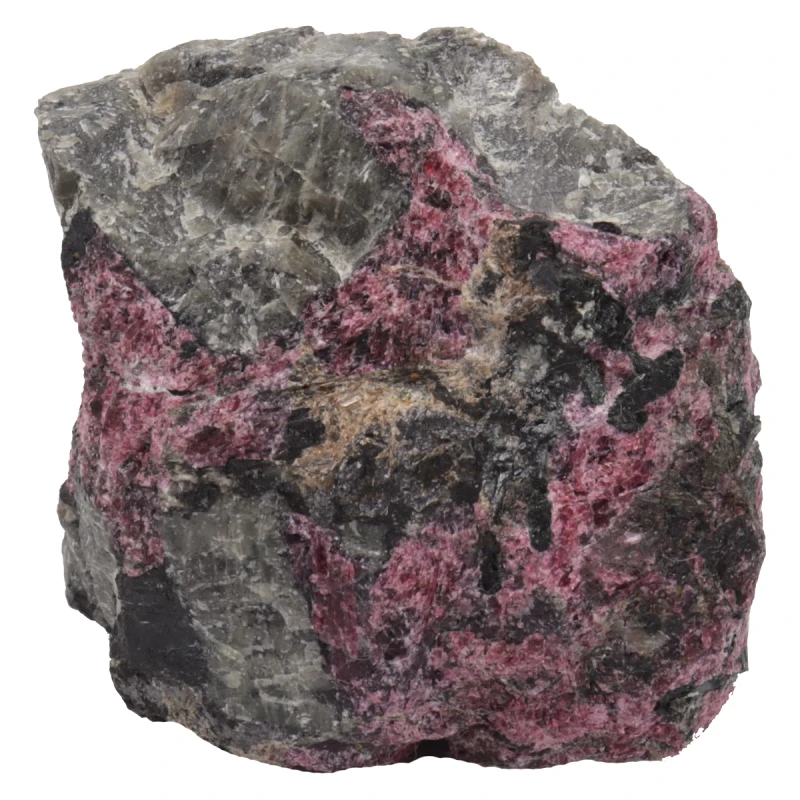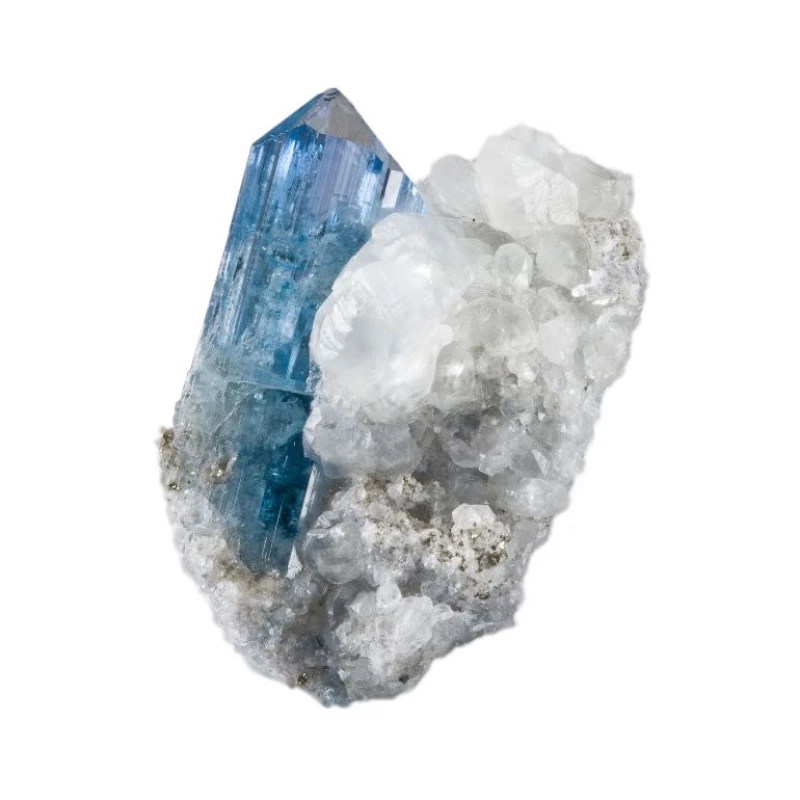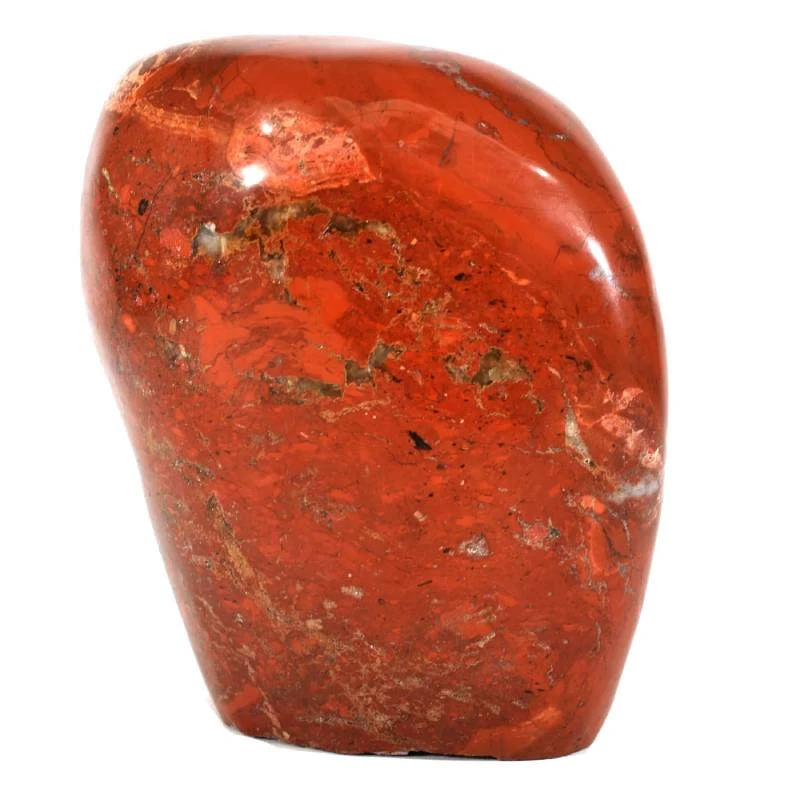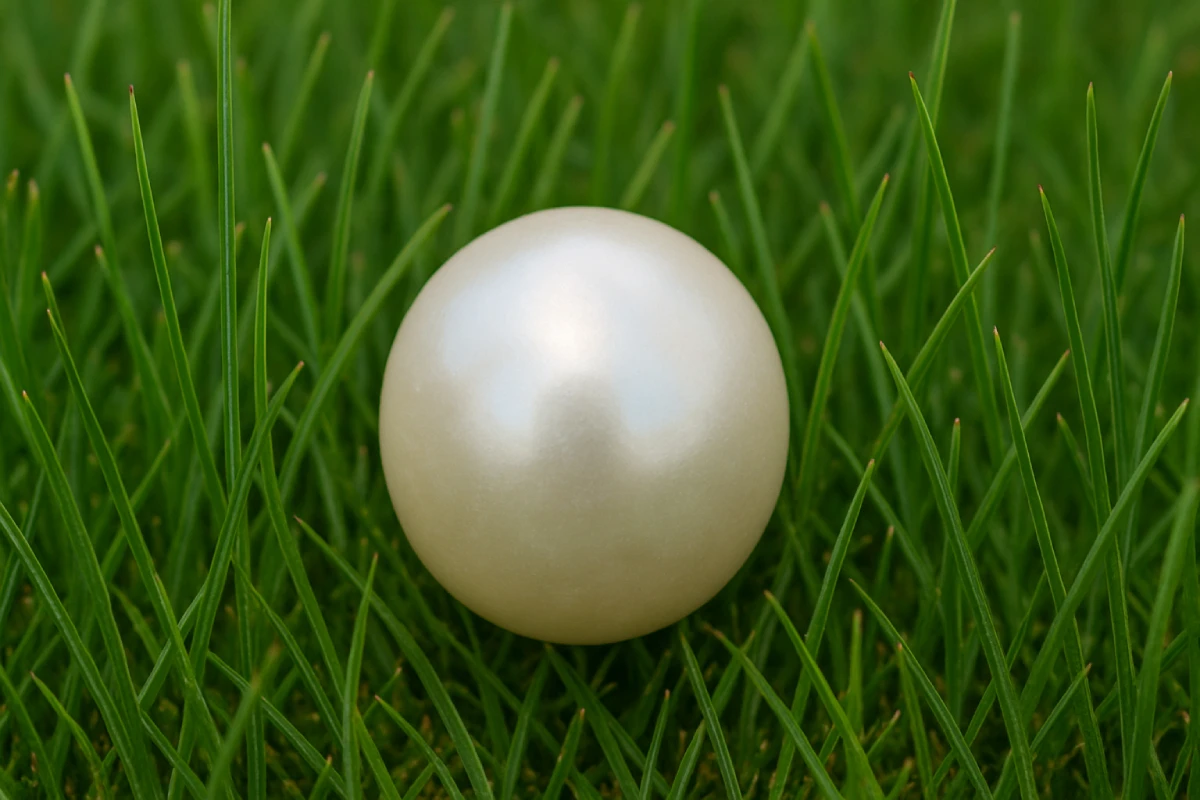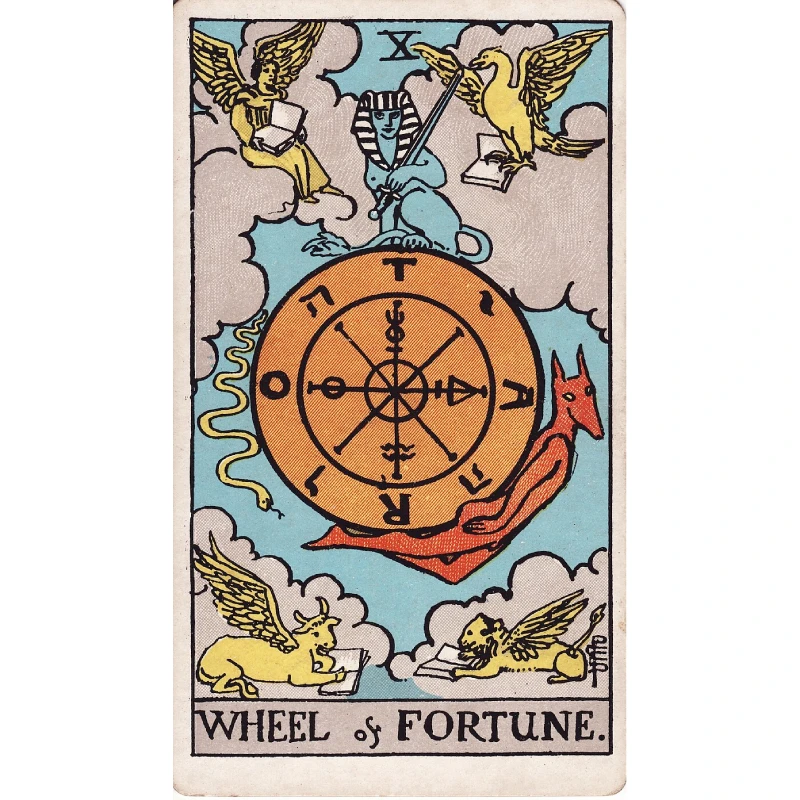Pearl
Stone History
Pearl is a unique organic gemstone formed inside mollusks, most commonly oysters and marine clams. Here's a brief history of this fascinating stone:
Pearl has been used for thousands of years. Archaeological evidence shows that pearl jewelry was worn in Ancient Egypt as early as 3000 BCE. Egyptians viewed pearls as symbols of wealth and status.
In Greece, pearls were associated with Aphrodite, the goddess of love, and symbolized beauty and affection. The Romans also valued pearls highly, using them in jewelry. Prominent Roman women wore pearl adornments to emphasize their social standing.
Zodiac
Pearl is considered suitable for several zodiac signs, particularly:
-
Cancer: Represents sensitivity and emotional depth, making it ideal for Cancer. It promotes inner peace, emotional balance, and enhances intuition.
-
Taurus: Symbolizing beauty and harmony, pearl complements Taurus’s appreciation for comfort and aesthetics. It boosts confidence and a sense of security.
-
Libra: Helps maintain balance and harmony, aiding Libras in decision-making and fostering healthy relationships.
-
Capricorn: Softens Capricorn’s rigidity and enhances emotional sensitivity, promoting harmonious interactions.
Element
The element of pearl is Water. It embodies the essence of oceans and seas, symbolizing purity, serenity, and intuition. Water represents emotions and feelings, making pearl ideal for emotional healing and self-awareness.
Planet
Pearl is associated with the Moon. The Moon symbolizes femininity, intuition, emotions, and the inner world. Pearl reflects lunar energy, supporting emotional harmony, intuitive development, and inner tranquility.
Colors
Pearls come in various colors, each valued for its uniqueness. Common shades include:
-
White: Classic and most common, symbolizing purity and innocence.
-
Pink: Less common, representing love, tenderness, and softness.
-
Black: Rare and mystical, associated with power and protection.
-
Golden: A symbol of wealth and luxury, often found in South Sea pearls.
-
Gray and Silver: Subtle hues that add elegance and mystery.
-
Cream and Champagne: Warm, gentle tones symbolizing harmony and comfort.
Each pearl color carries specific energetic qualities that enhance the wearer’s traits.
Chakra
Pearl primarily resonates with the Crown Chakra (Sahasrara), located at the top of the head. It fosters spiritual development, enhances intuition, and strengthens the connection to higher consciousness.
Magical Properties
-
Strengthening Love and Harmony: Traditionally linked to enhancing romantic and familial bonds, fostering warmth and mutual respect.
-
Attracting Good Luck: Believed to bring fortune, protect from evil spirits, and ward off the evil eye.
-
Intuition and Inner Insight: Helps individuals understand themselves, develop intuition, and gain wisdom.
-
Calming and Energy Harmonization: Possesses a soothing energy that reduces stress and stabilizes emotions.
-
Protection from Negativity: Said to absorb negative energies, purify the aura, and shield against toxic influences.
-
Spiritual Growth: Assists in uncovering spiritual goals and aligning with higher purpose.
-
Promoting Honesty and Sincerity: Supports truthfulness and fairness in personal and professional relationships.
Healing Properties
-
Nervous System Support: Reduces stress, alleviates anxiety and improves emotional well-being.
-
Blood Pressure Regulation: Believed to benefit the cardiovascular system, normalize blood pressure, and enhance circulation.
-
Skin Health: Pearl powder is used in cosmetics for skin regeneration, elasticity, and to treat inflammation.
-
Bone and Teeth Strength: High calcium content supports bone tissue, teeth, and osteoporosis prevention.
-
Digestive Aid: Used in lithotherapy to regulate digestion, stimulate appetite, and prevent digestive issues.
-
Women’s Health: Supports reproductive health, hormone balance, and menstrual regulation.
-
Immune Boost: Enhances immune defenses, helps fight infections, and increases disease resistance.
Mining Locations
Pearls are harvested worldwide, particularly in warm marine and freshwater regions. Key locations include:
-
Persian Gulf: Historically renowned for high-quality saltwater pearls.
-
Japan: Famous for cultured pearls, especially from Ago Bay, the origin of Mikimoto pearls.
-
Thailand, Philippines, Indonesia: Major sources of South Sea pearls, including prized golden pearls.
-
Australia: Known for large South Sea pearls, often white with pink or silver overtones.
-
China: World’s largest producer of freshwater cultured pearls from lakes and rivers.
-
Sri Lanka: Historic coastal harvesting of richly colored and lustrous pearls.
These regions offer a wide variety of pearls in different shapes, colors, and qualities to meet global demand.
Other articles in this section
